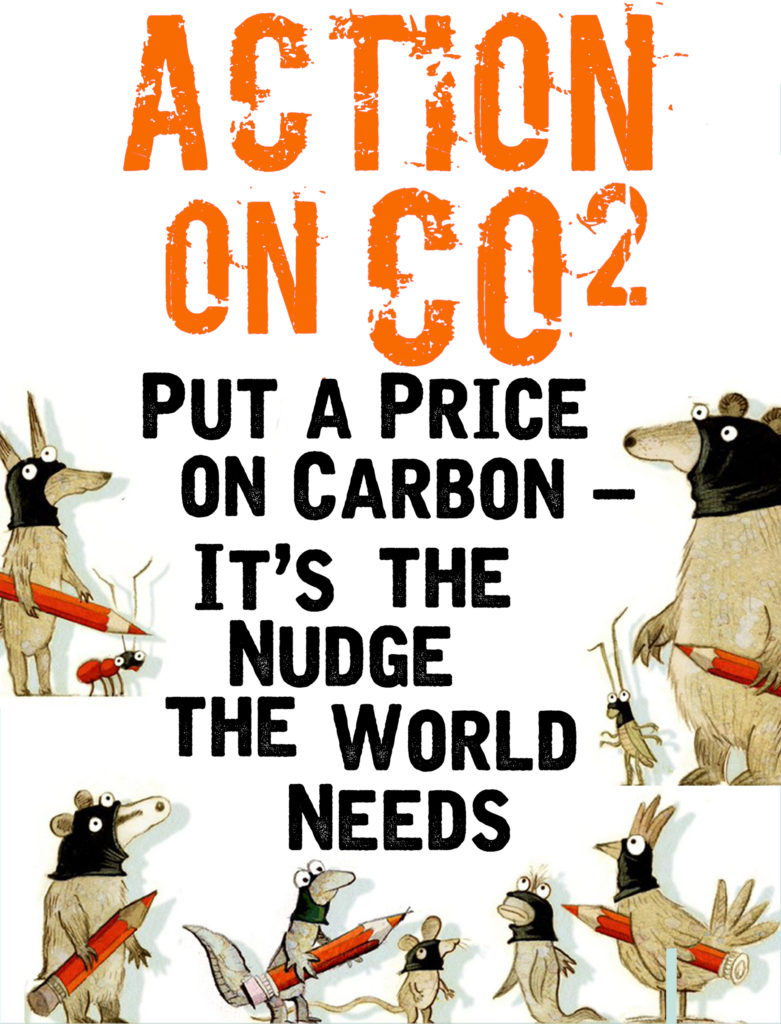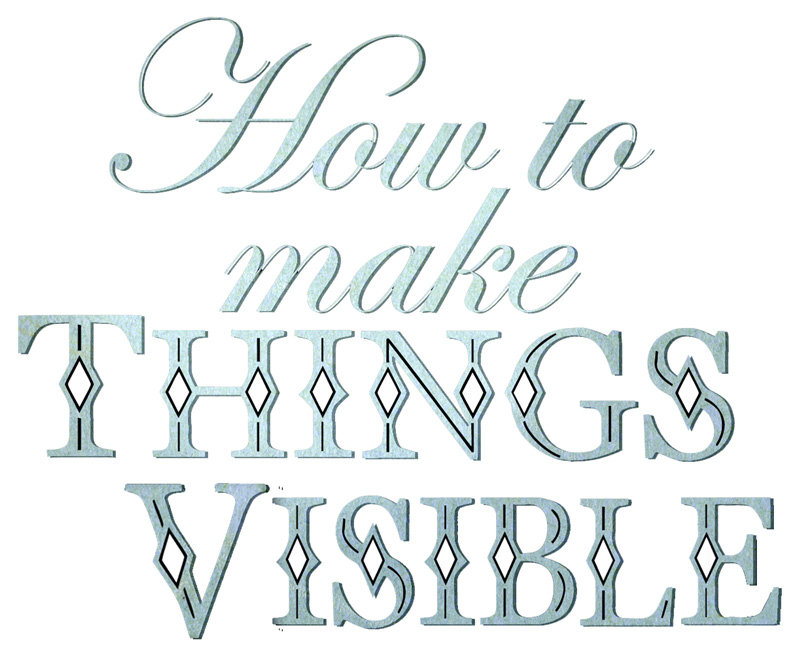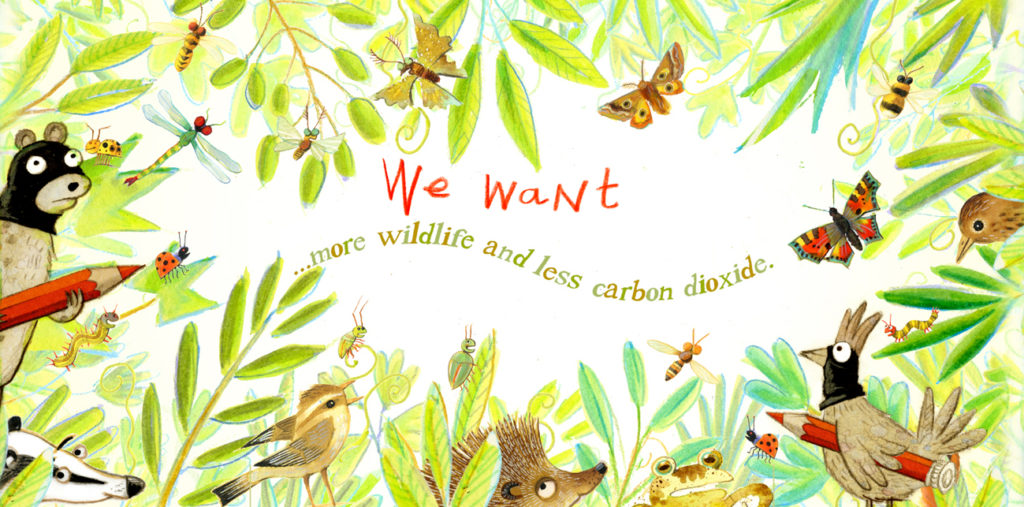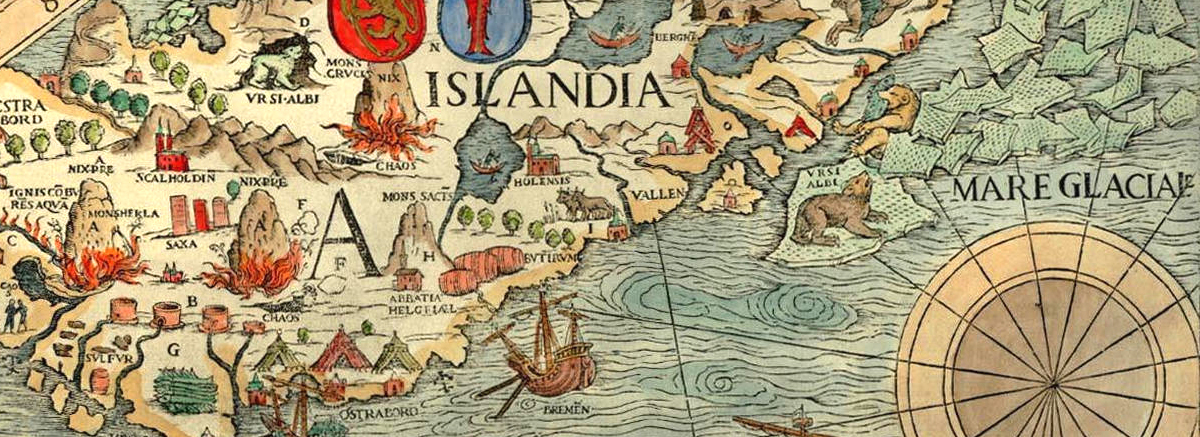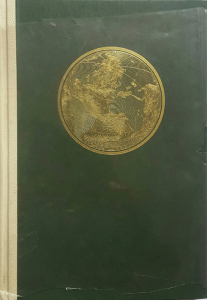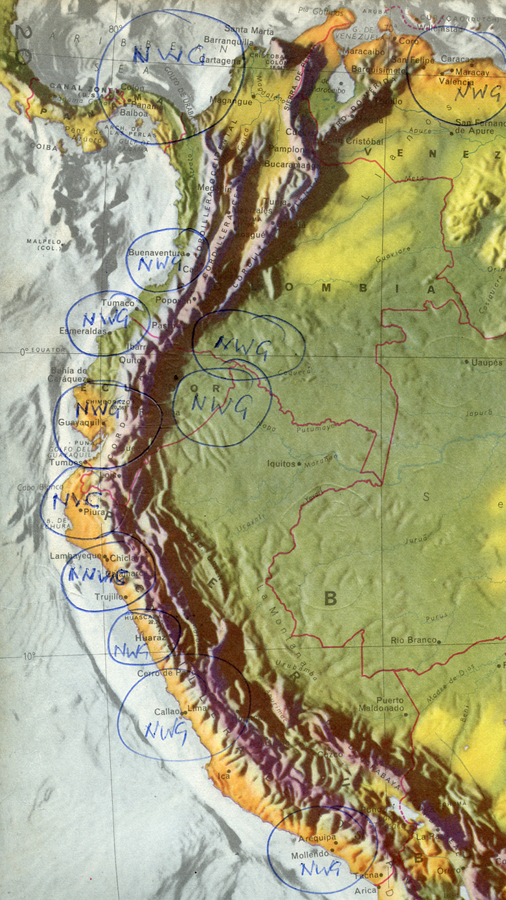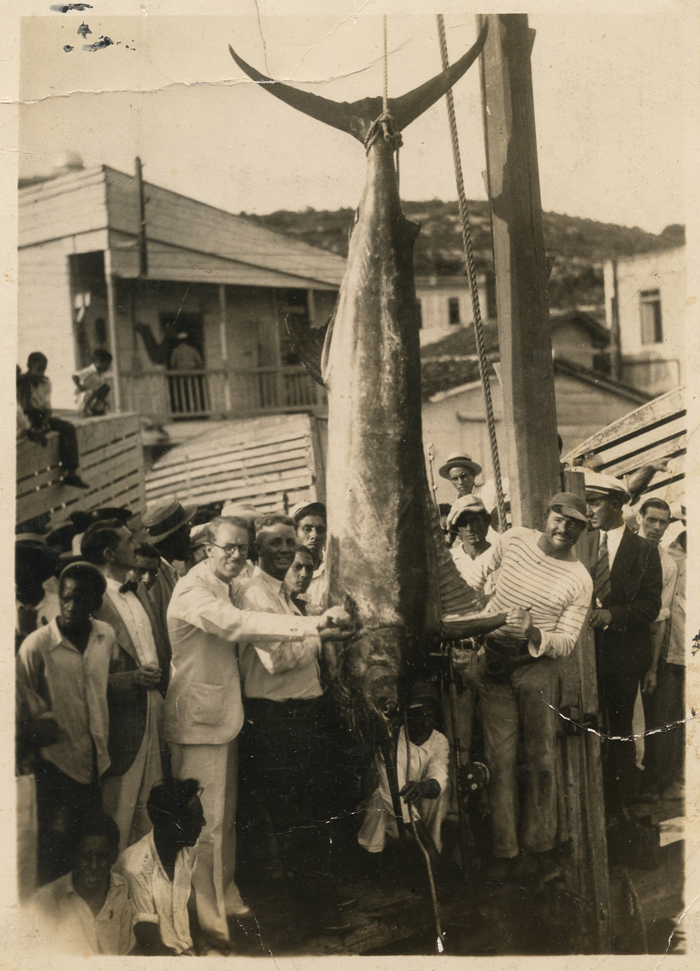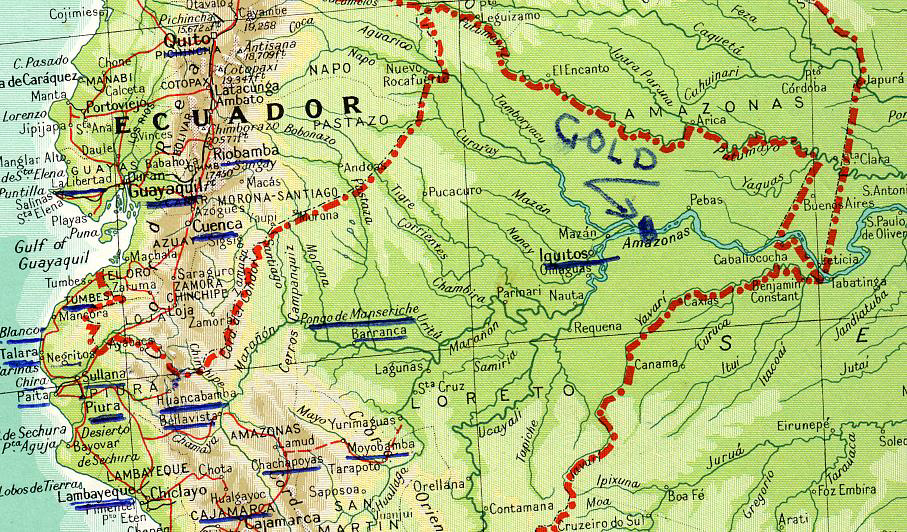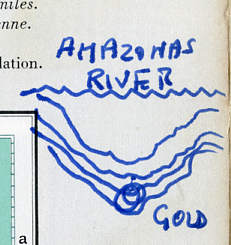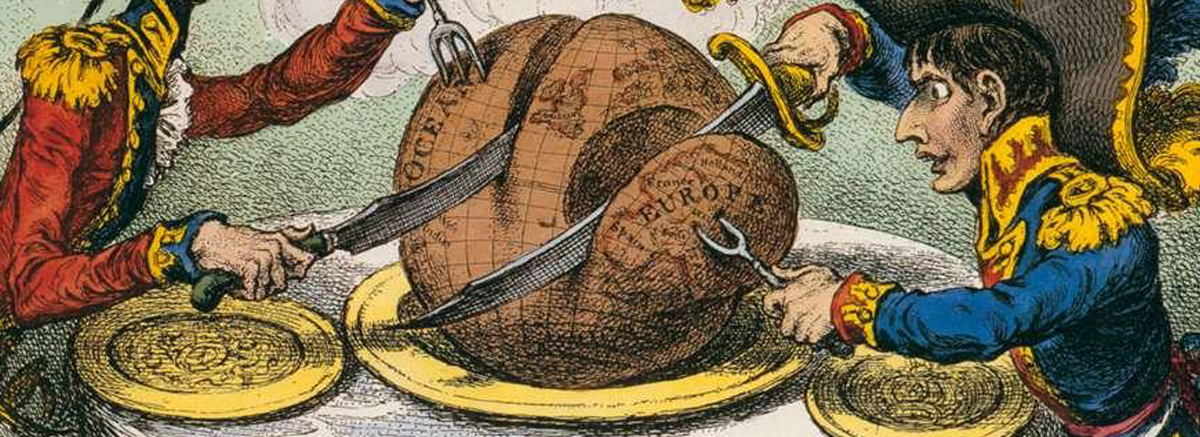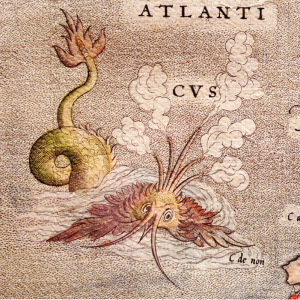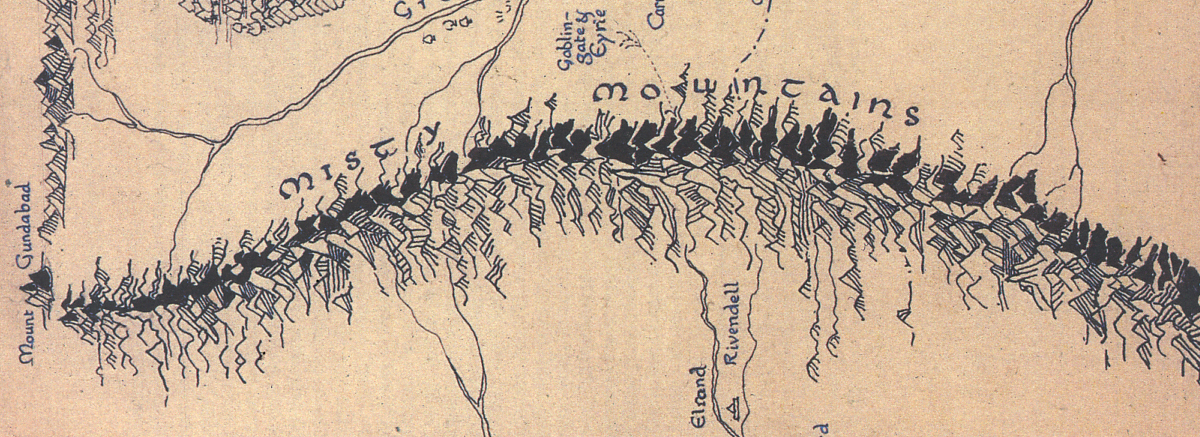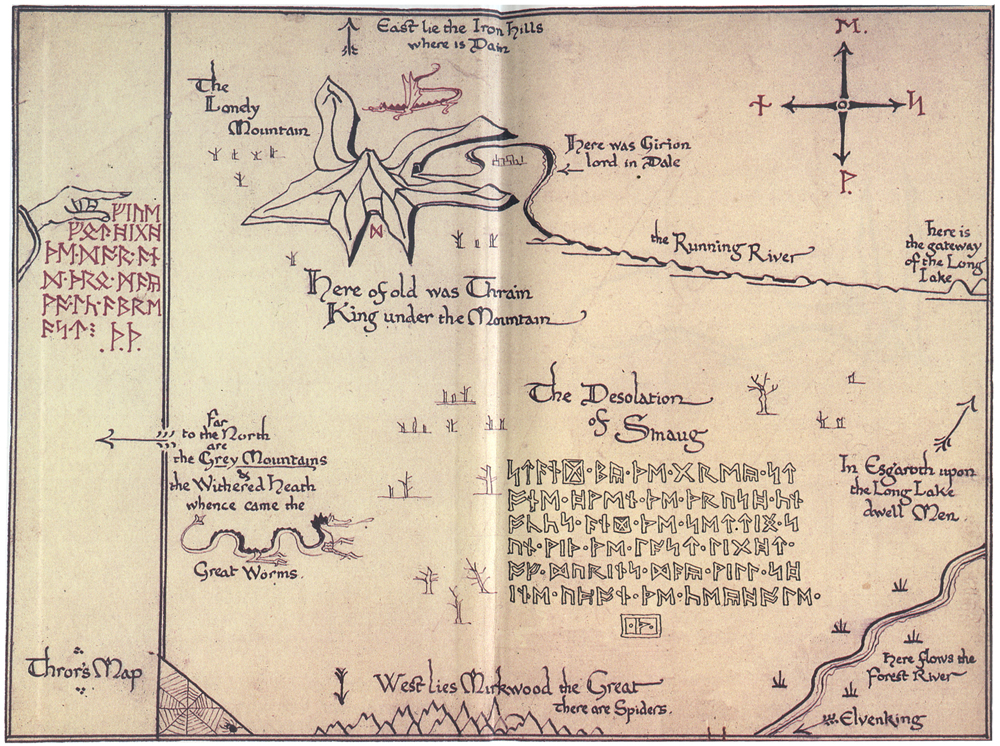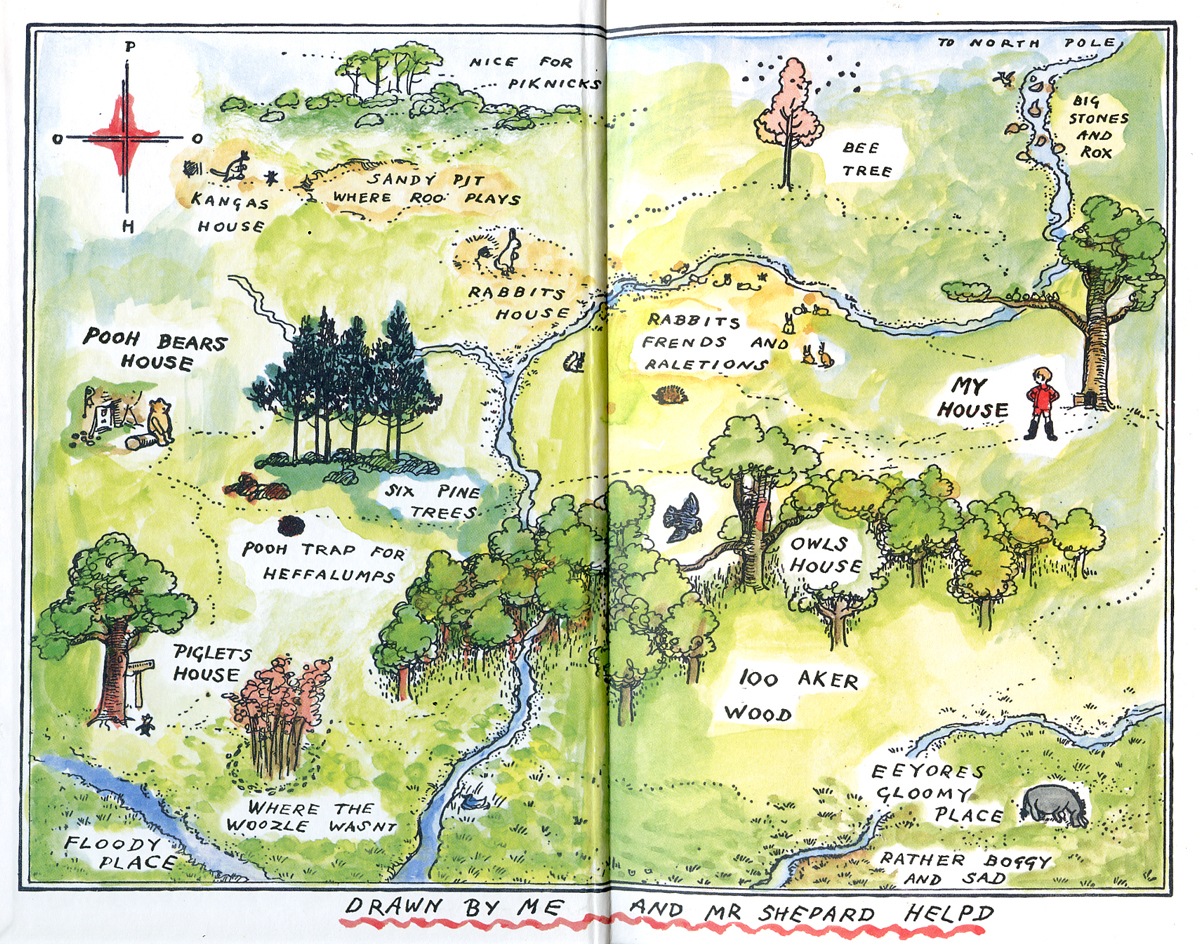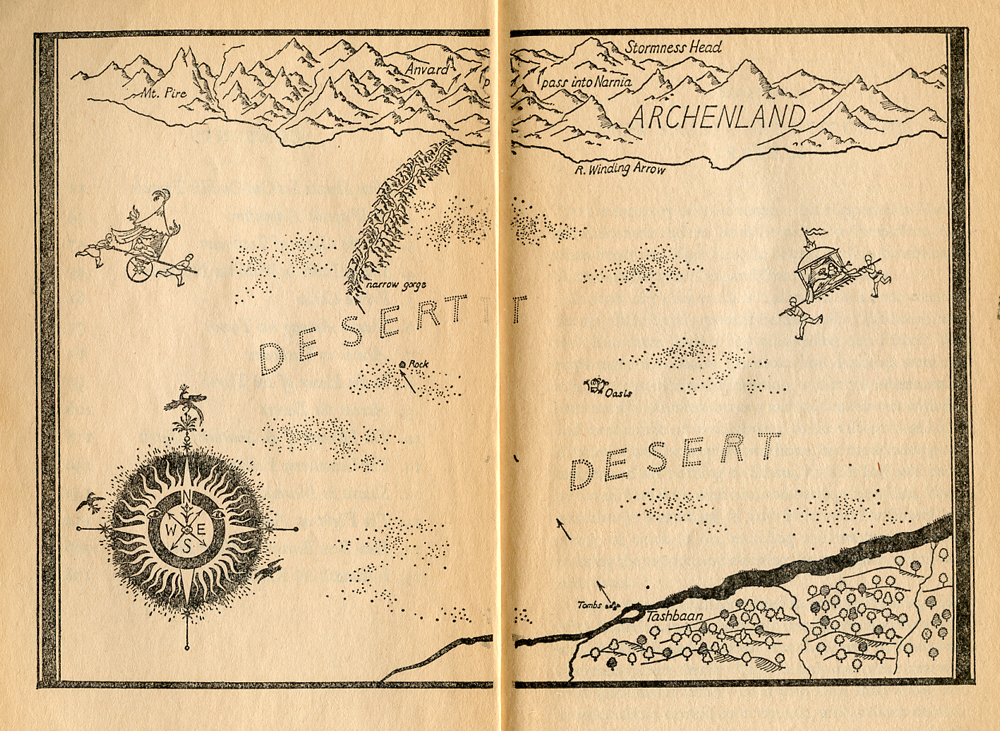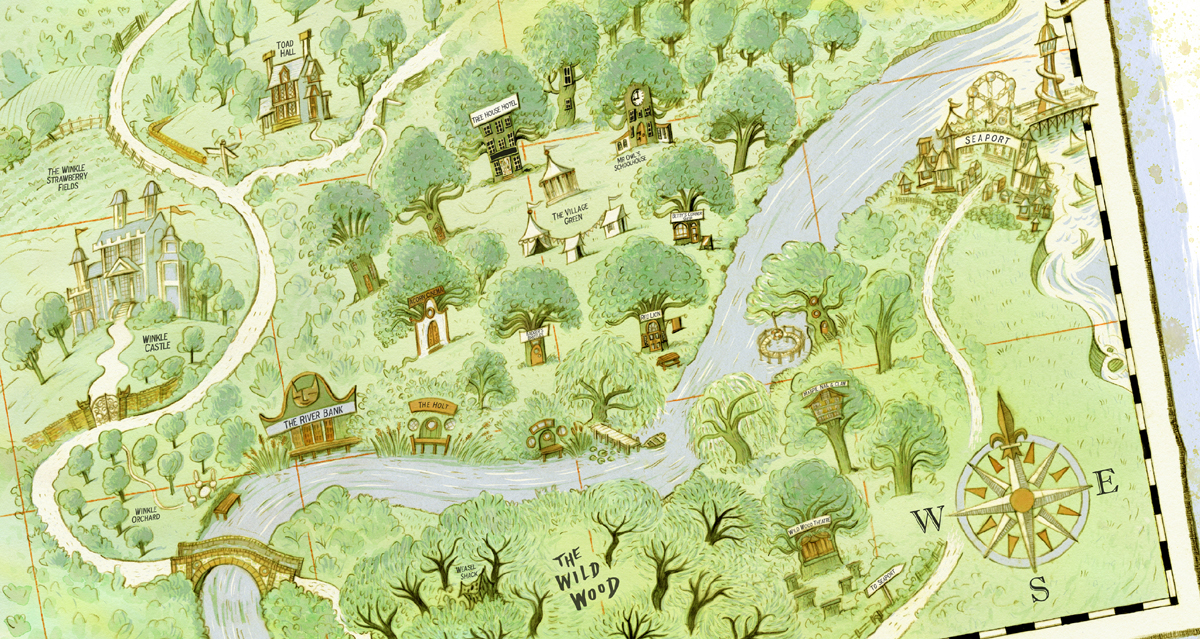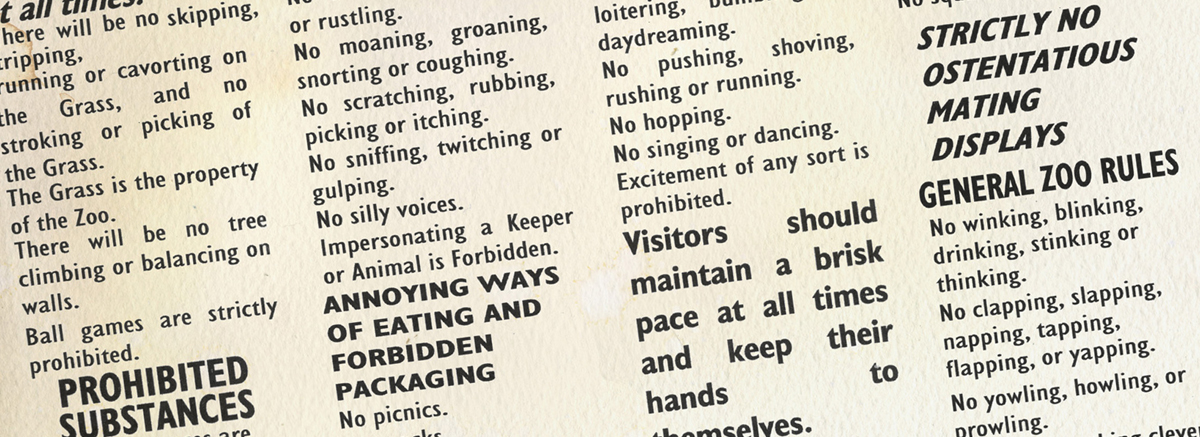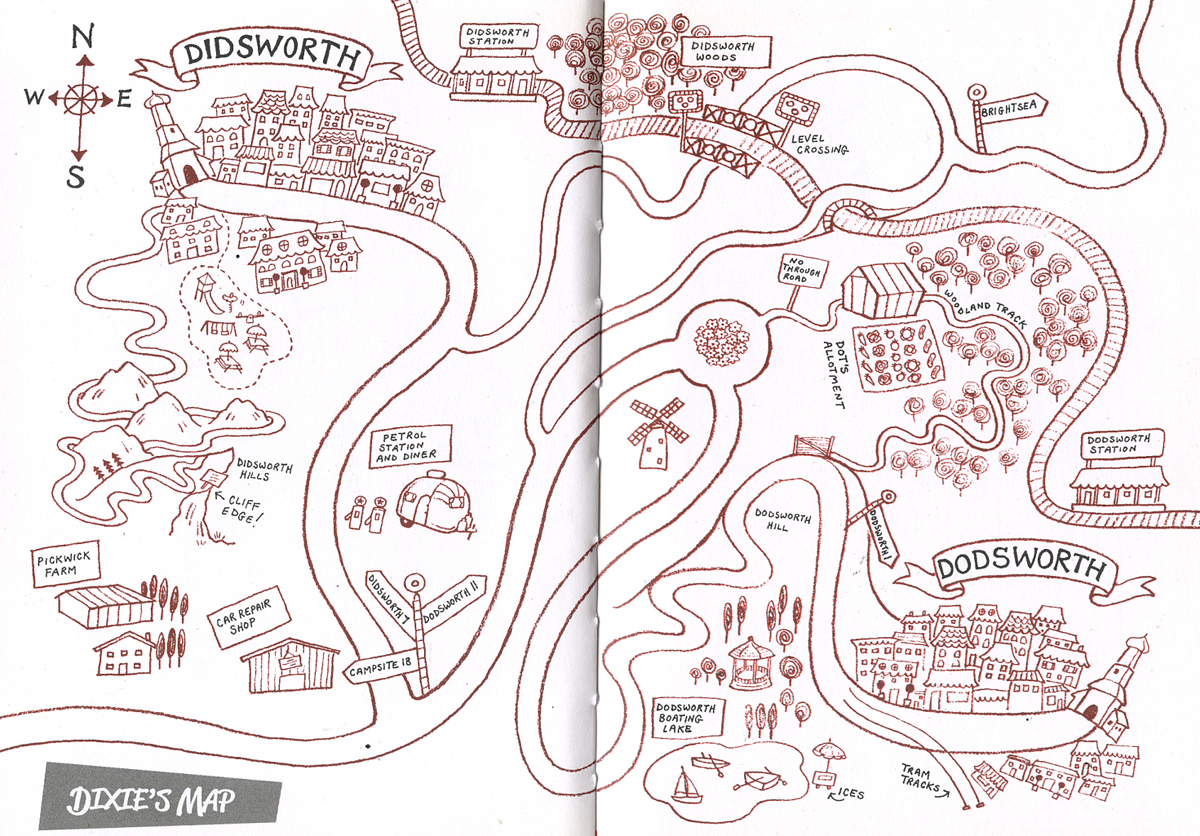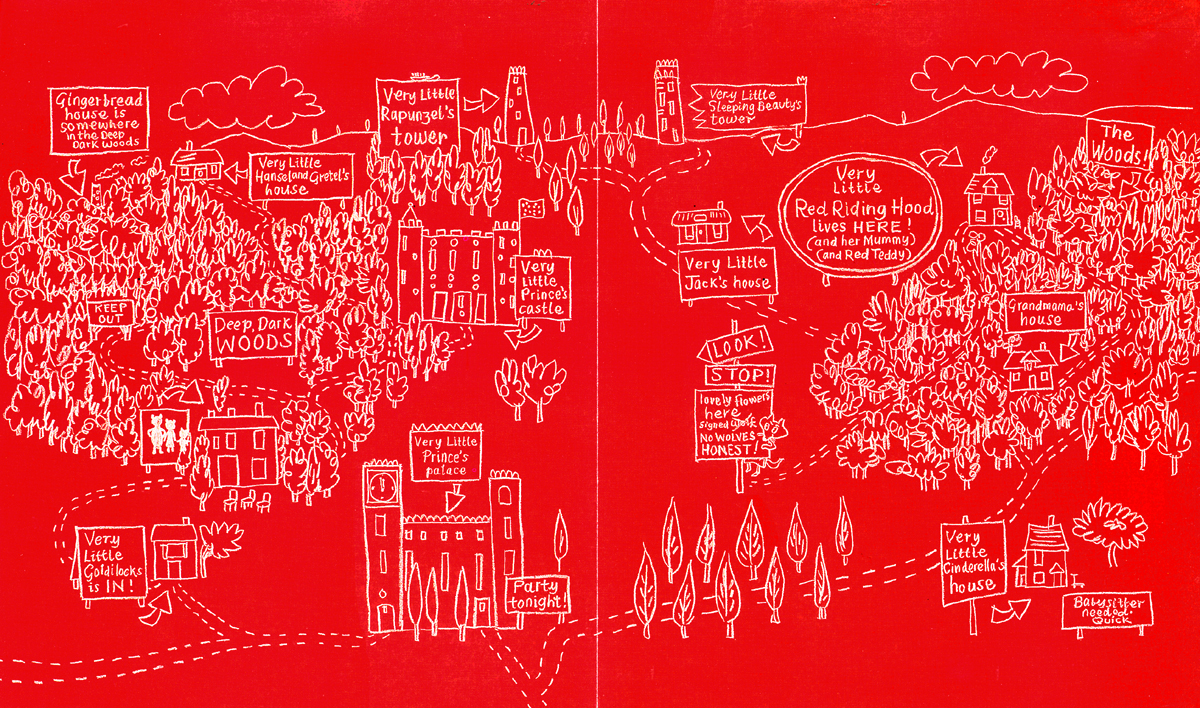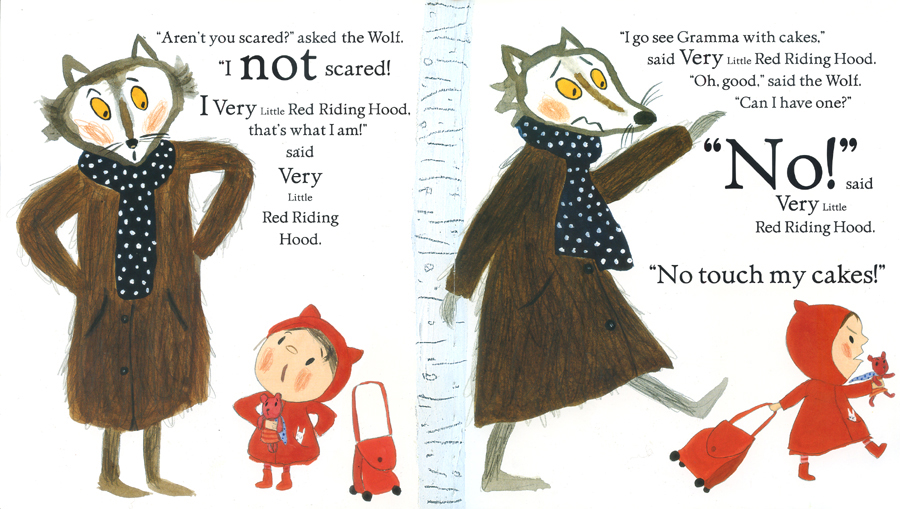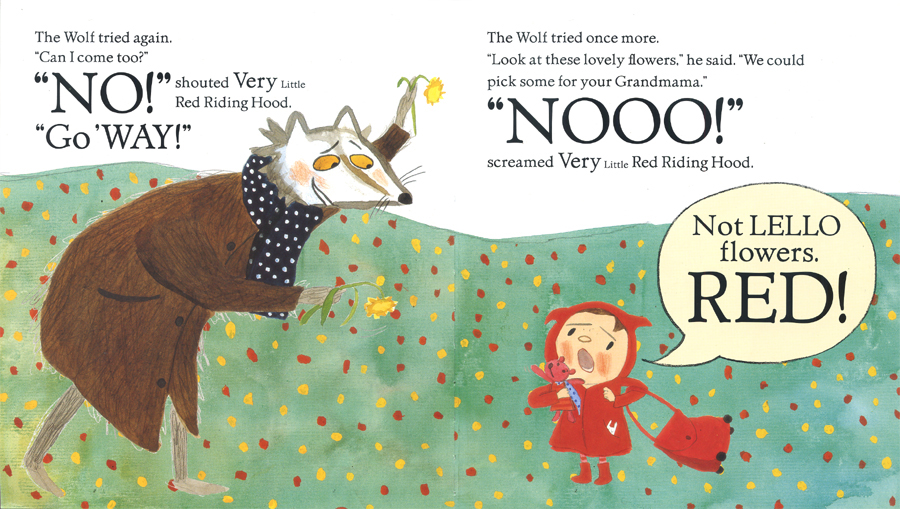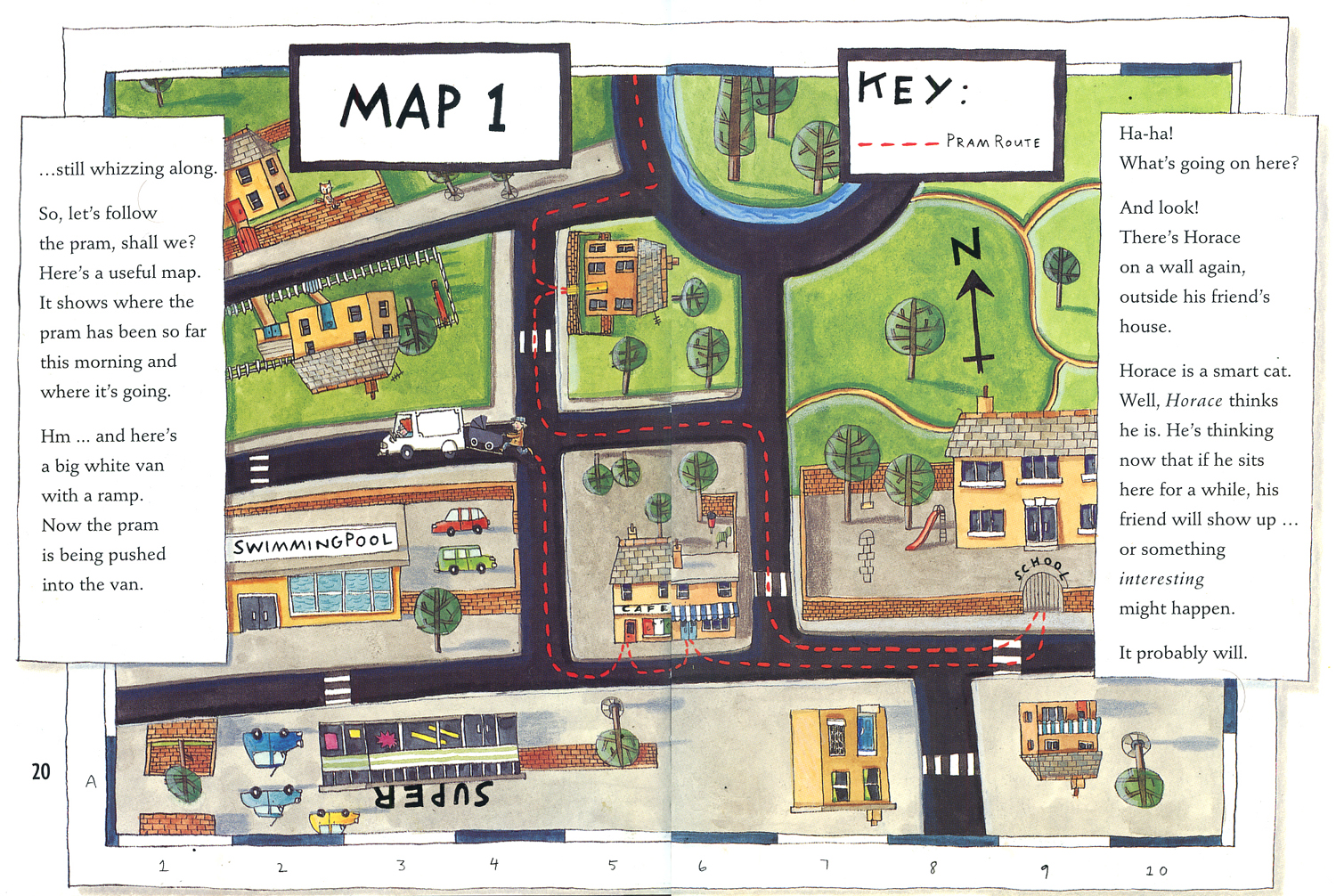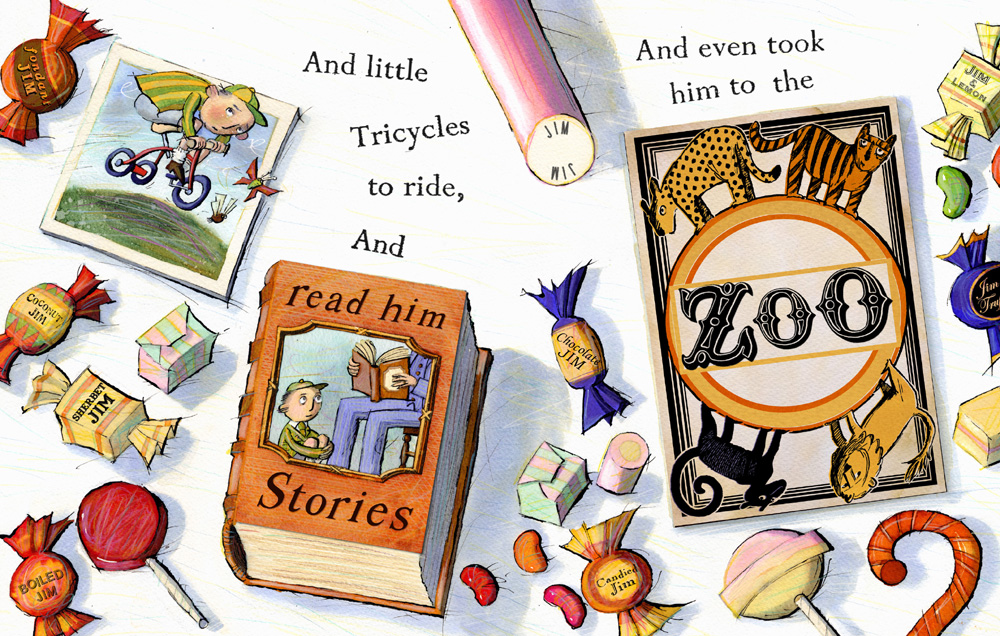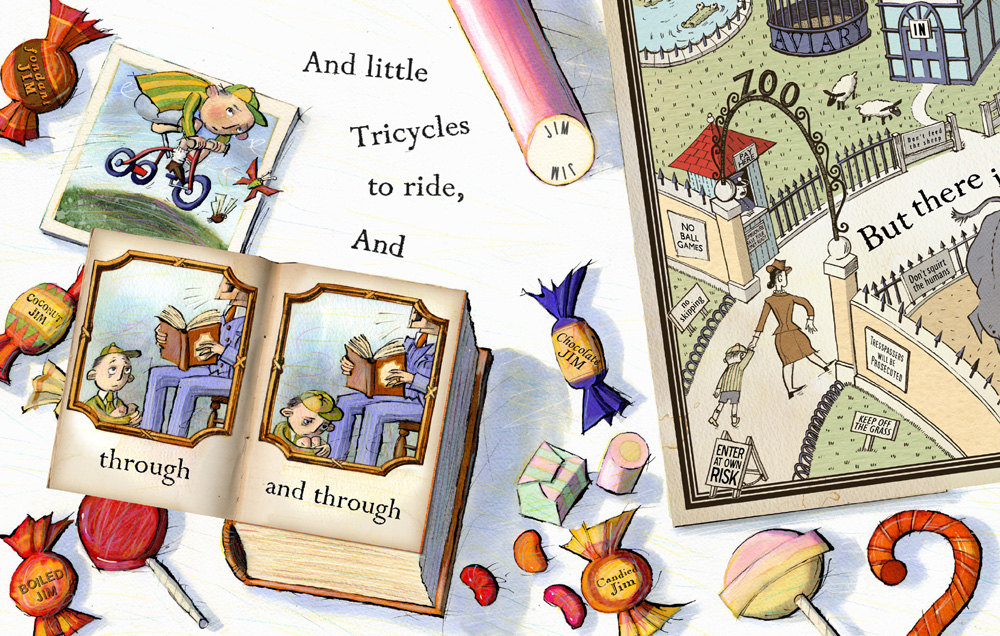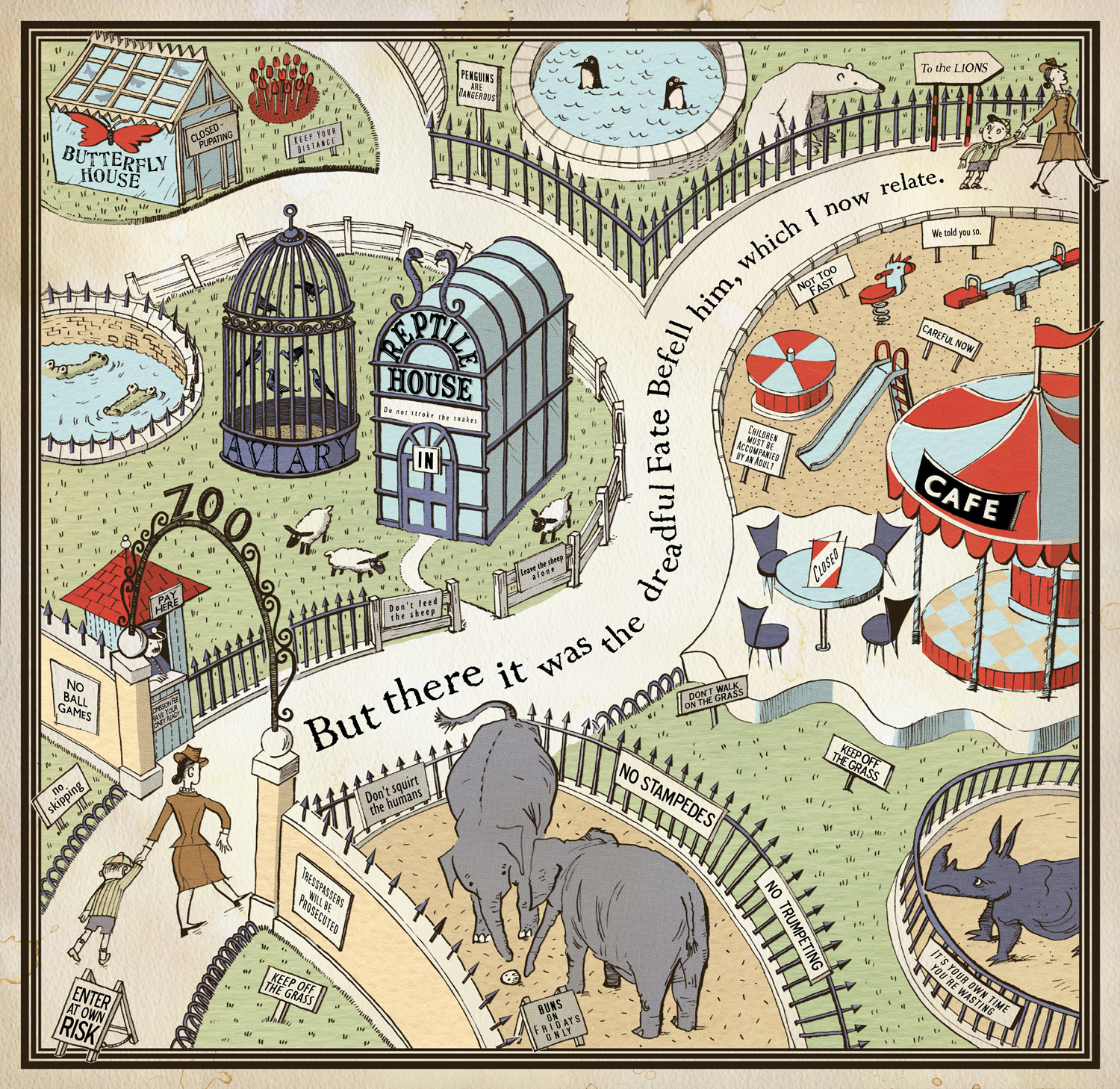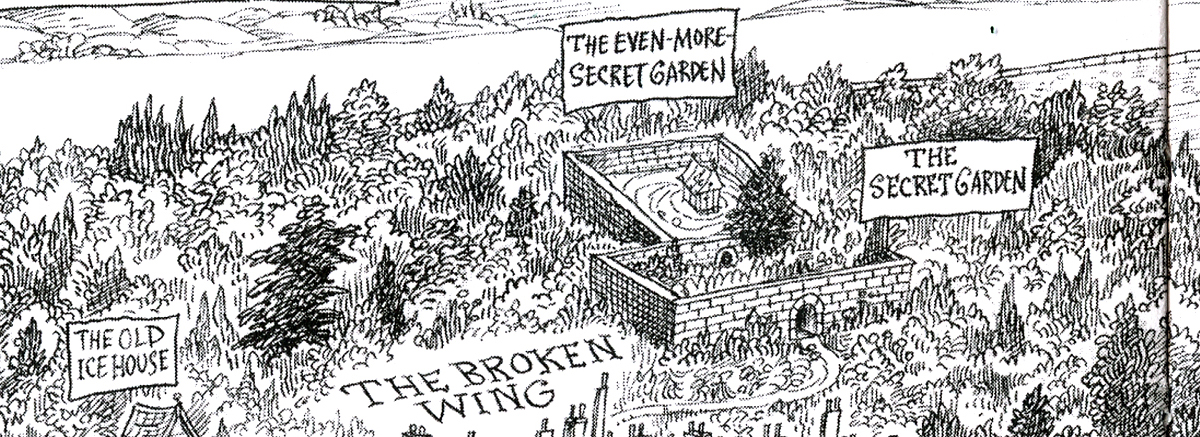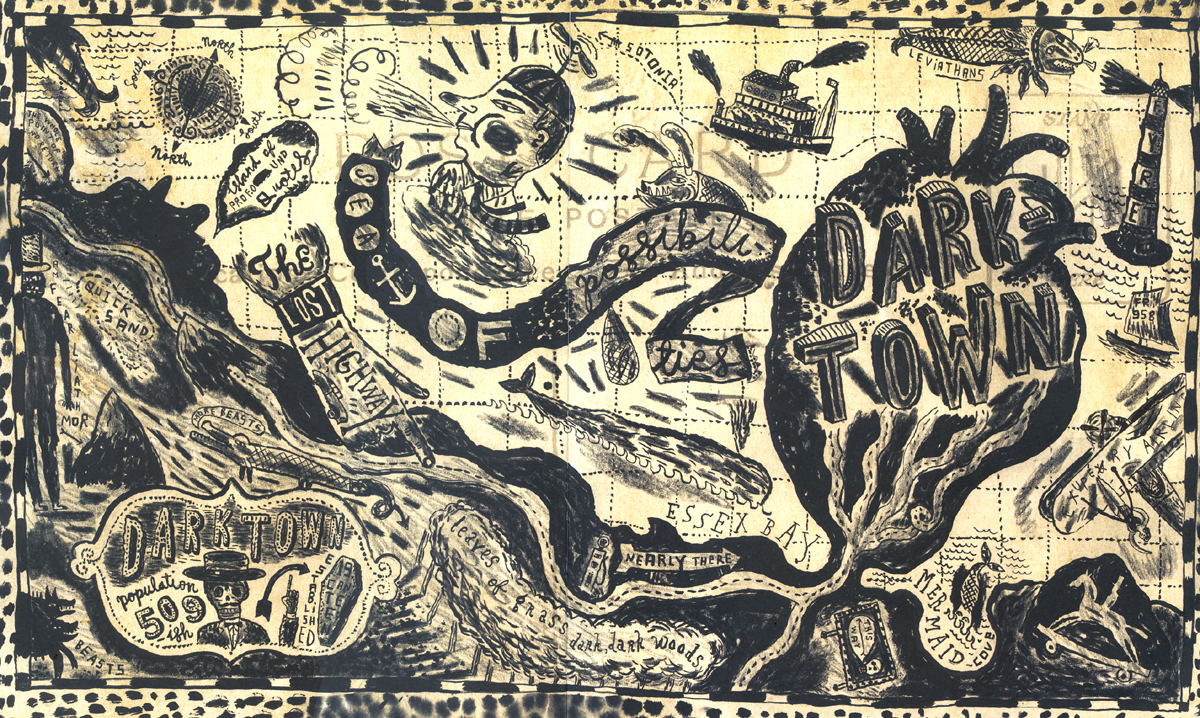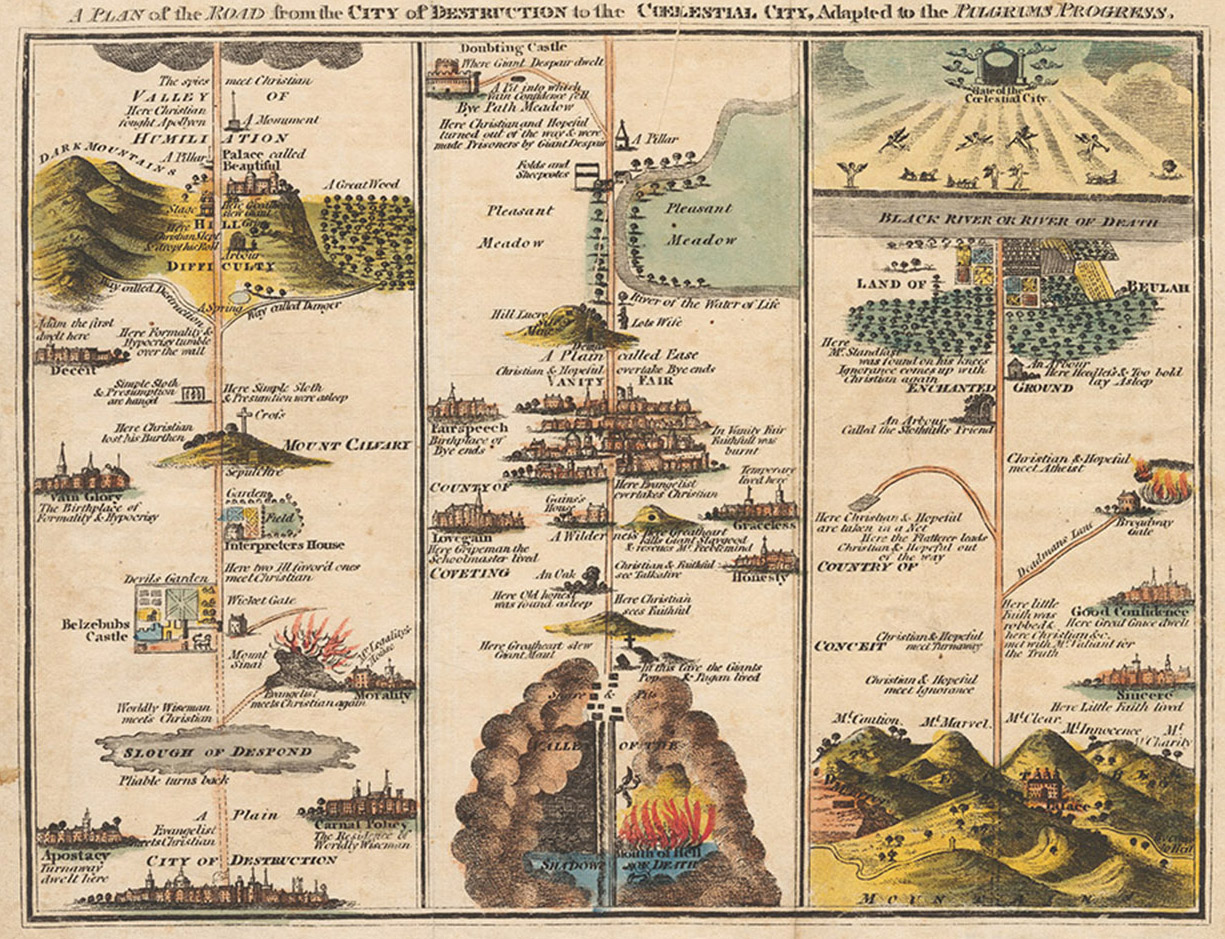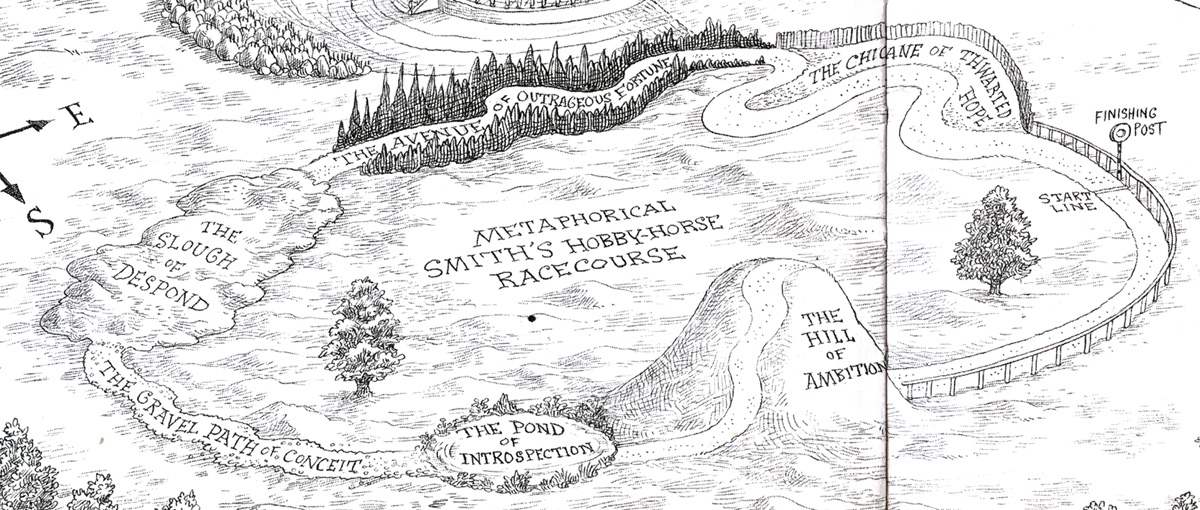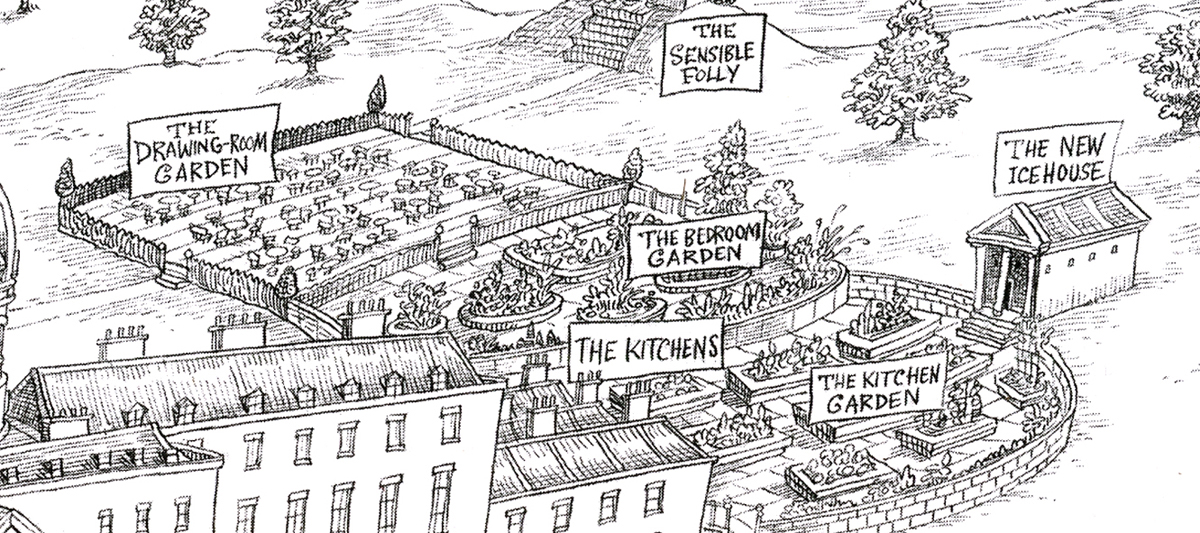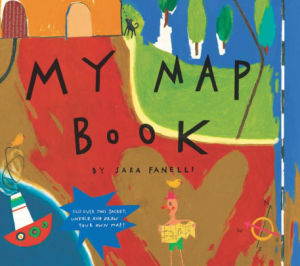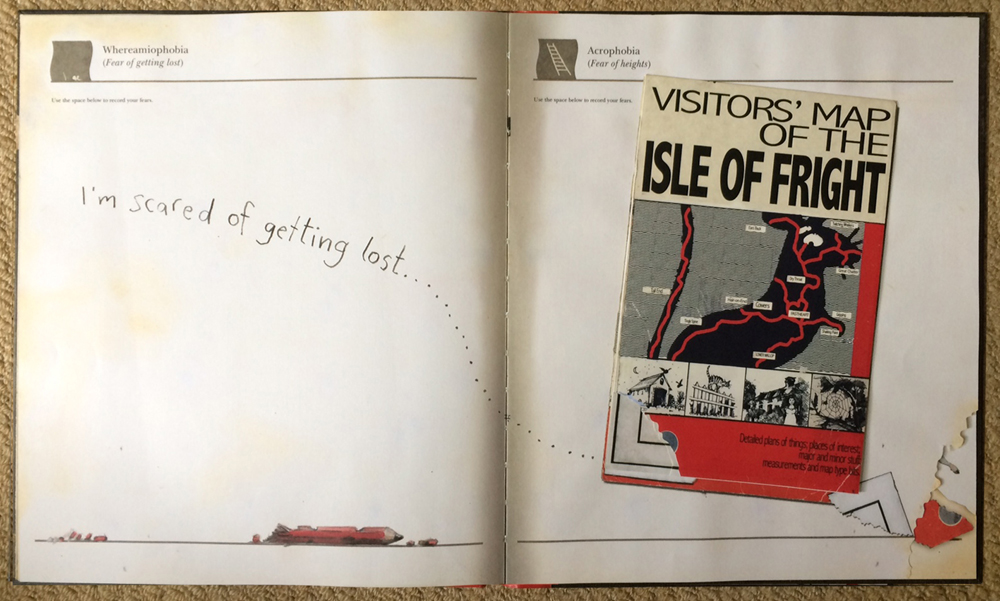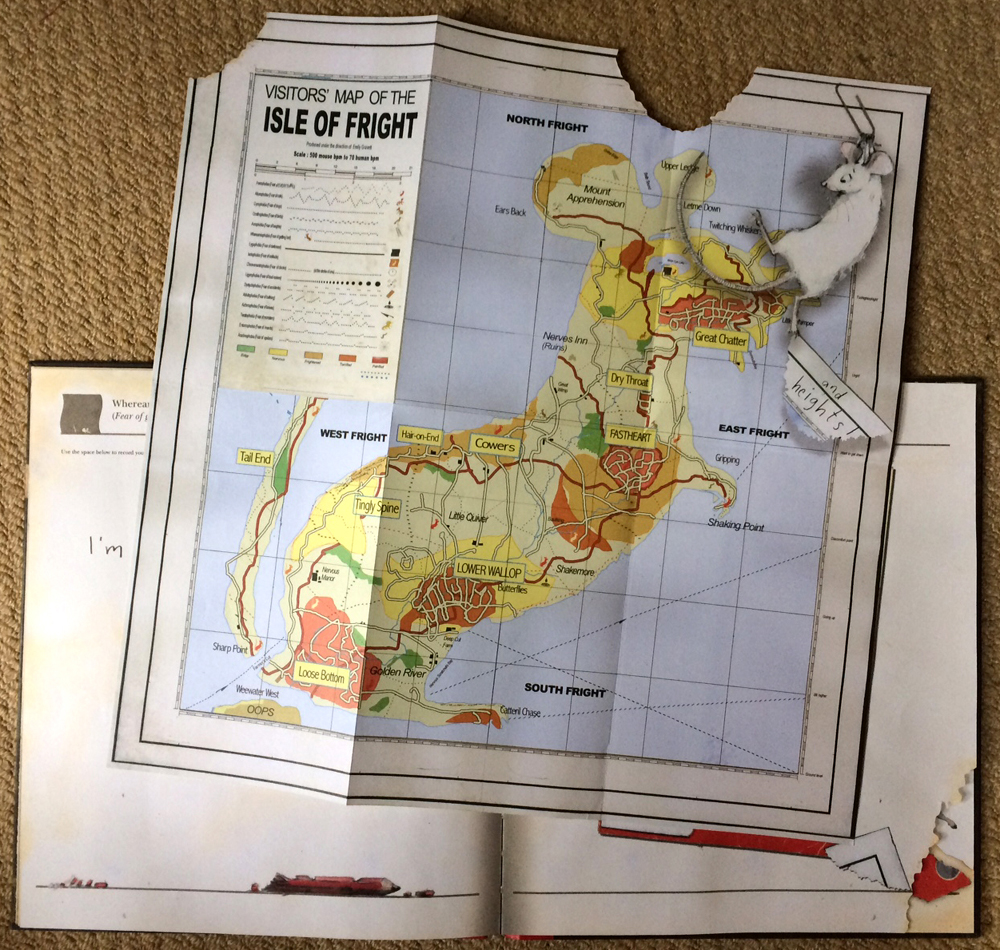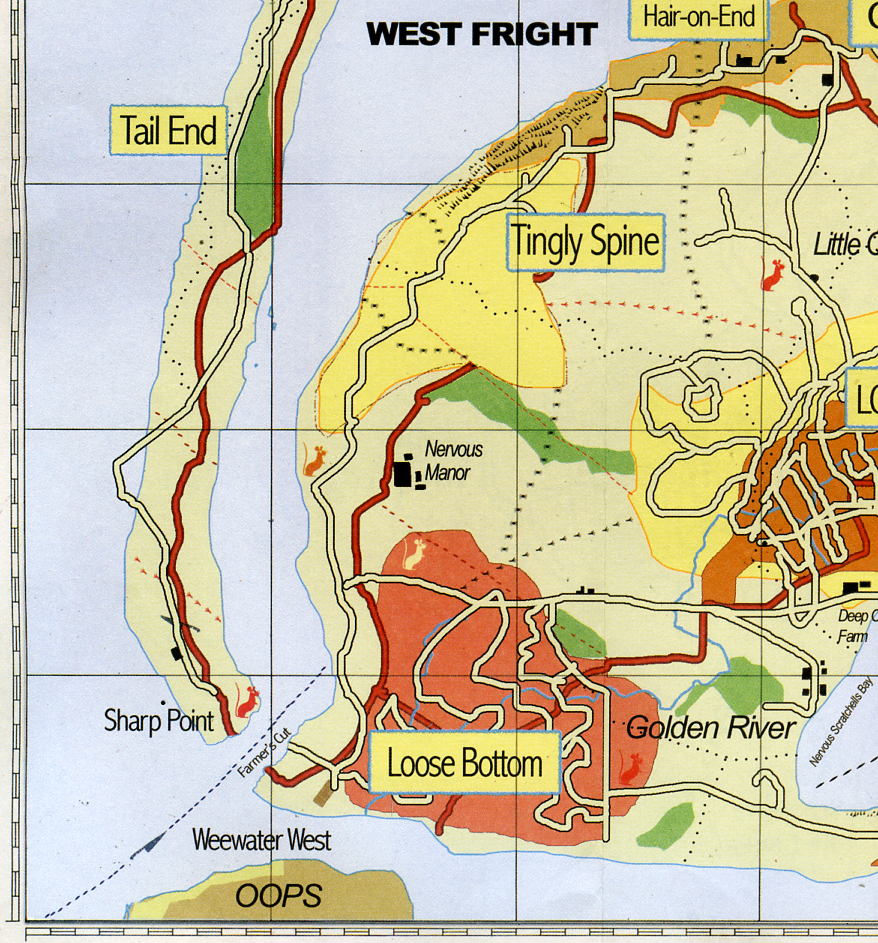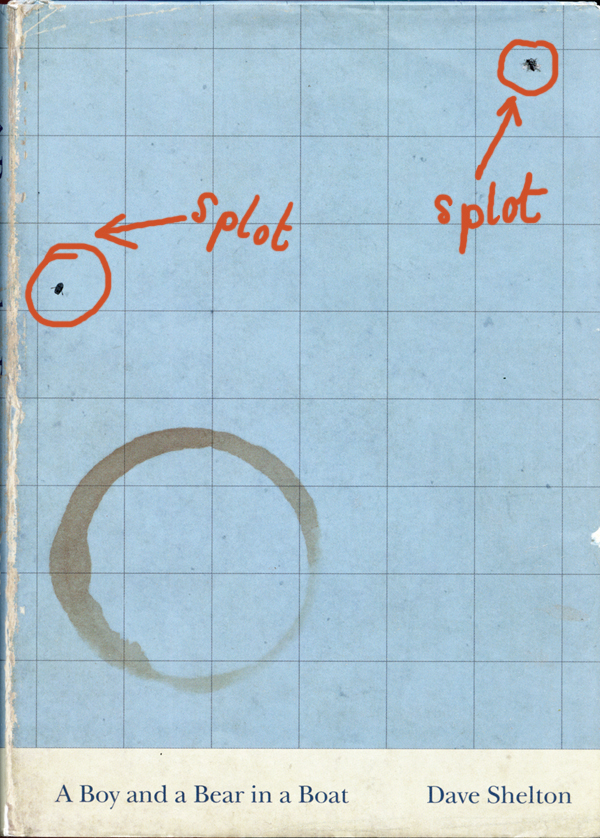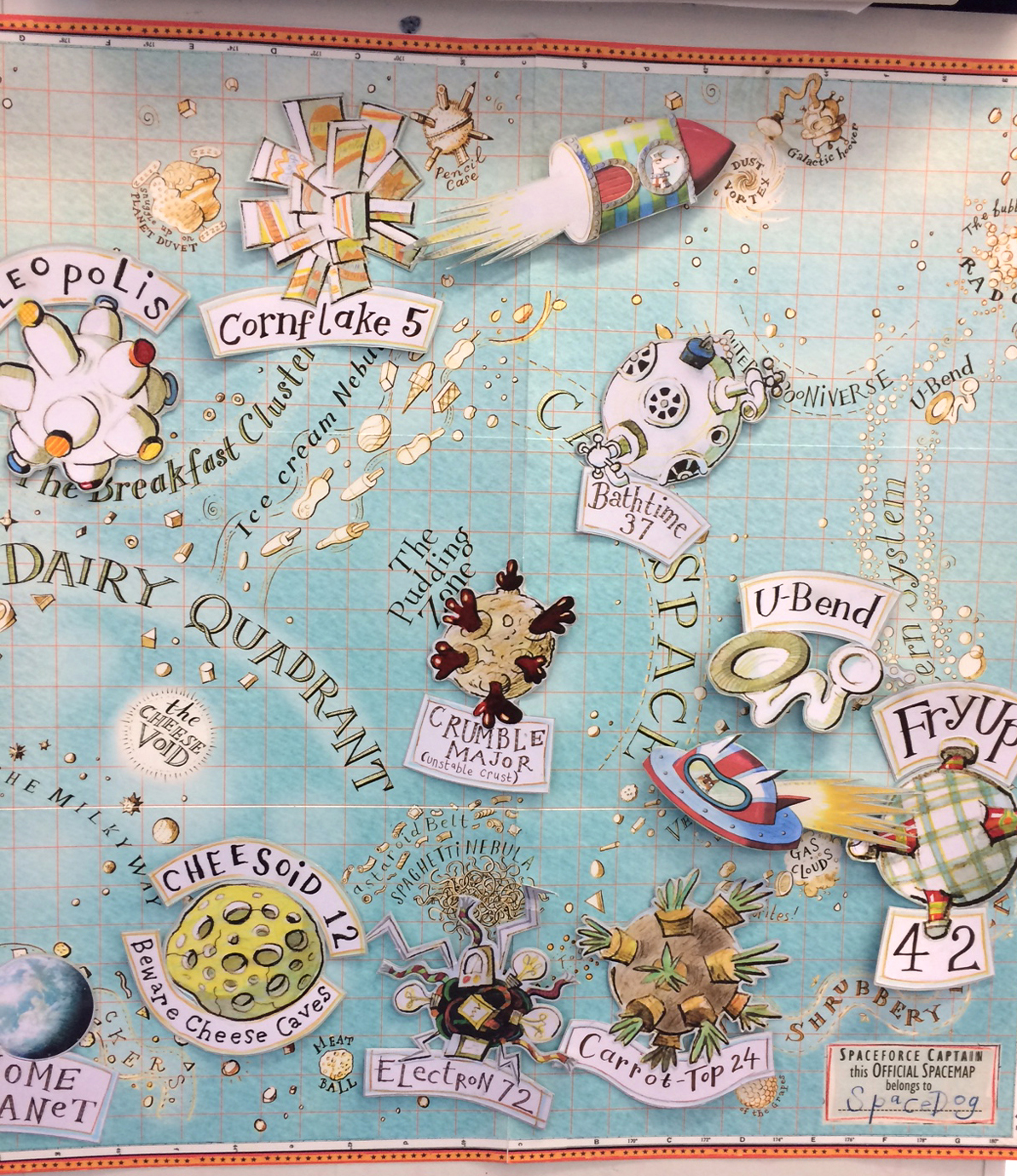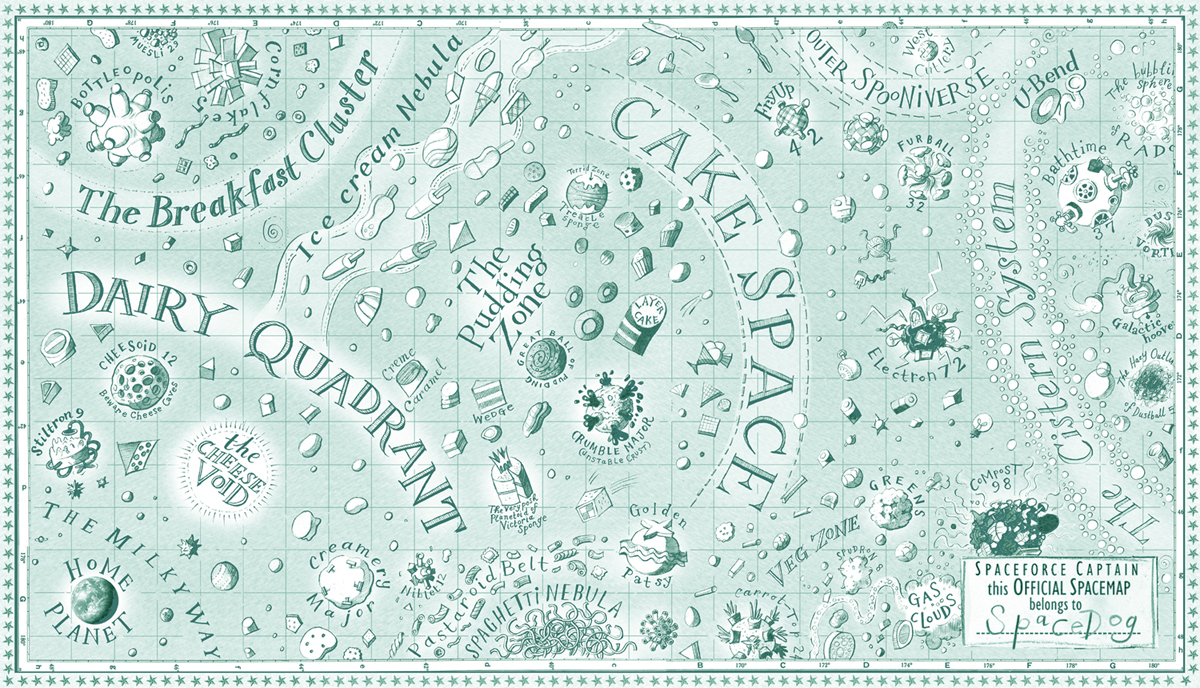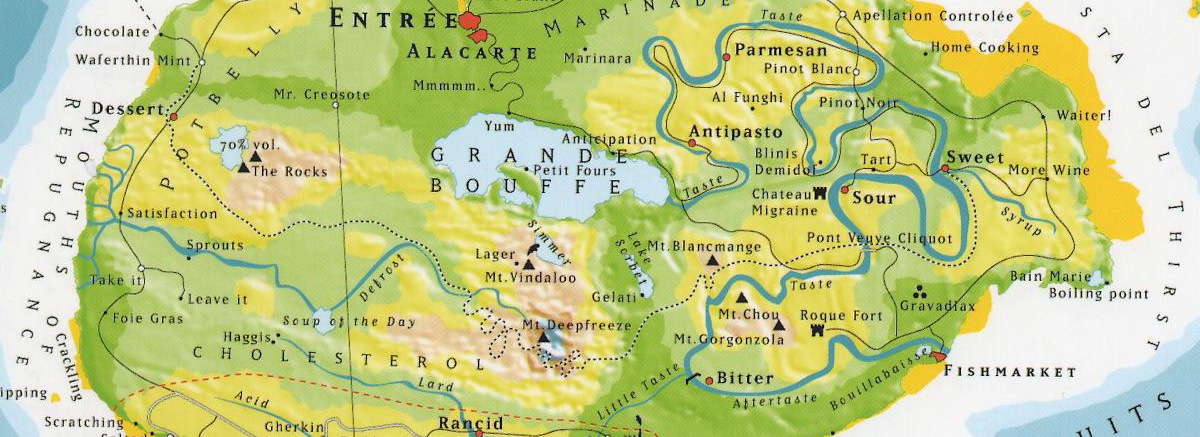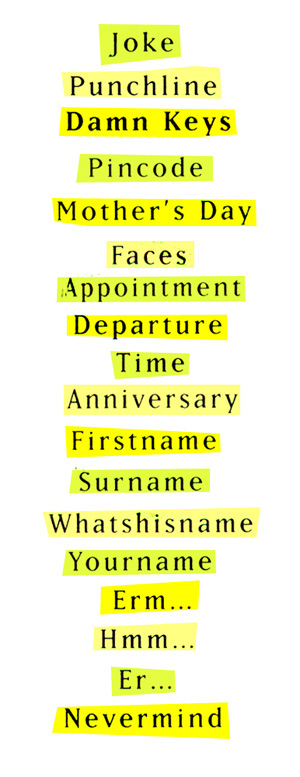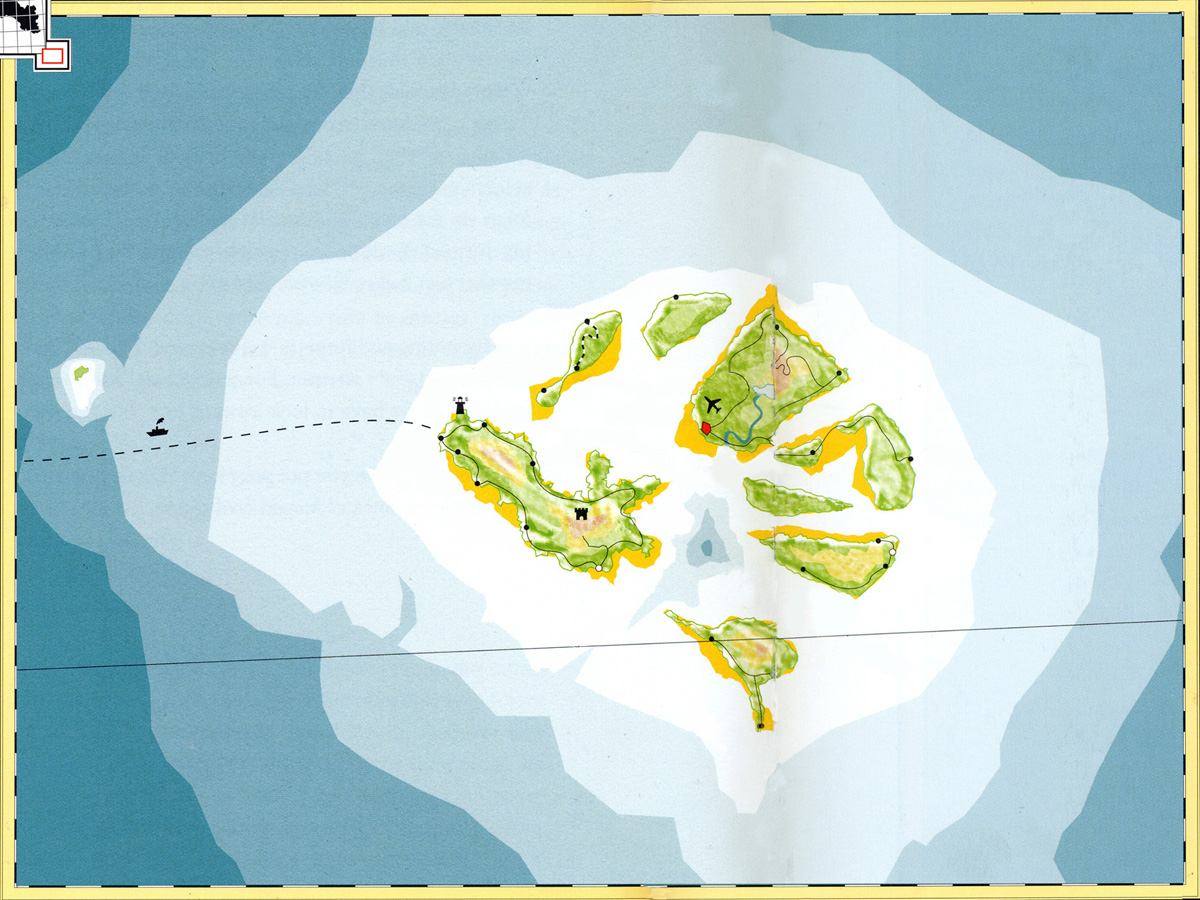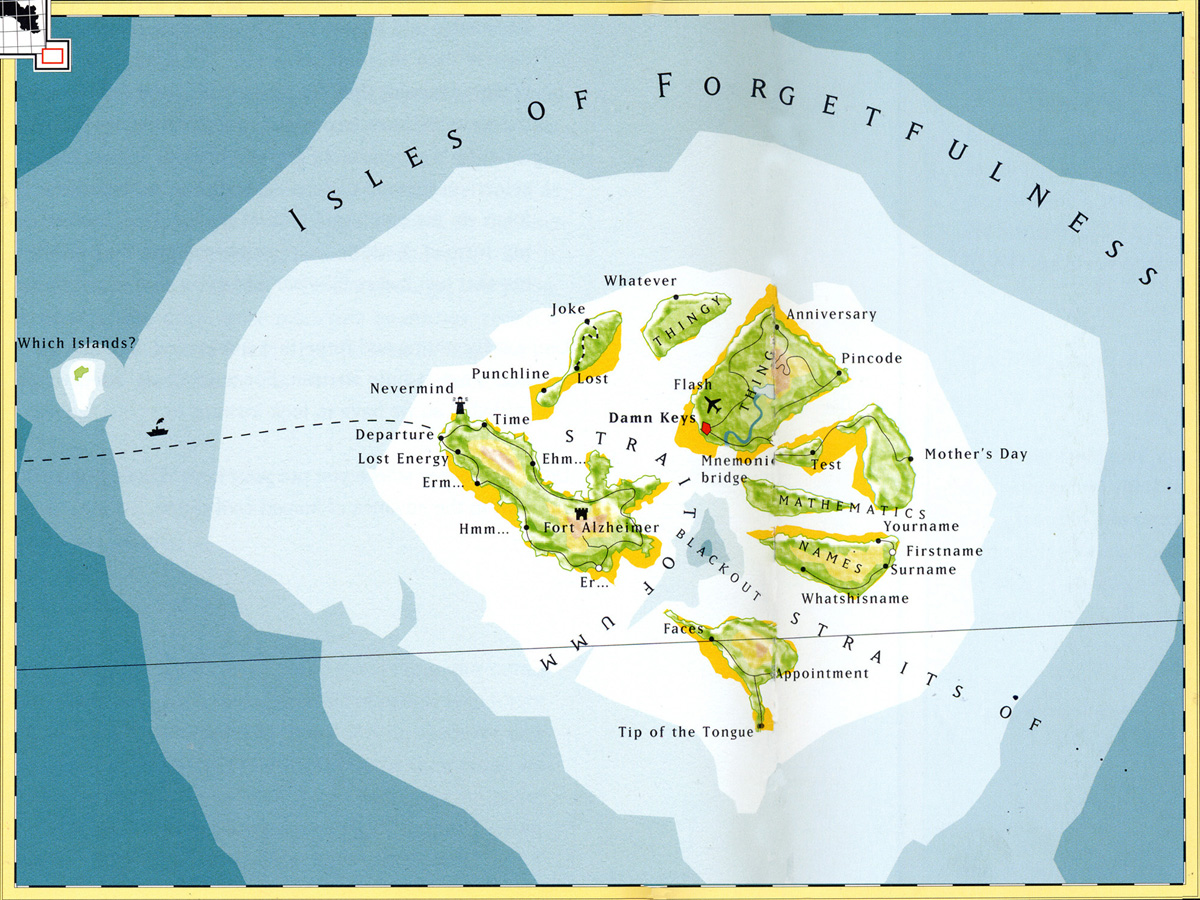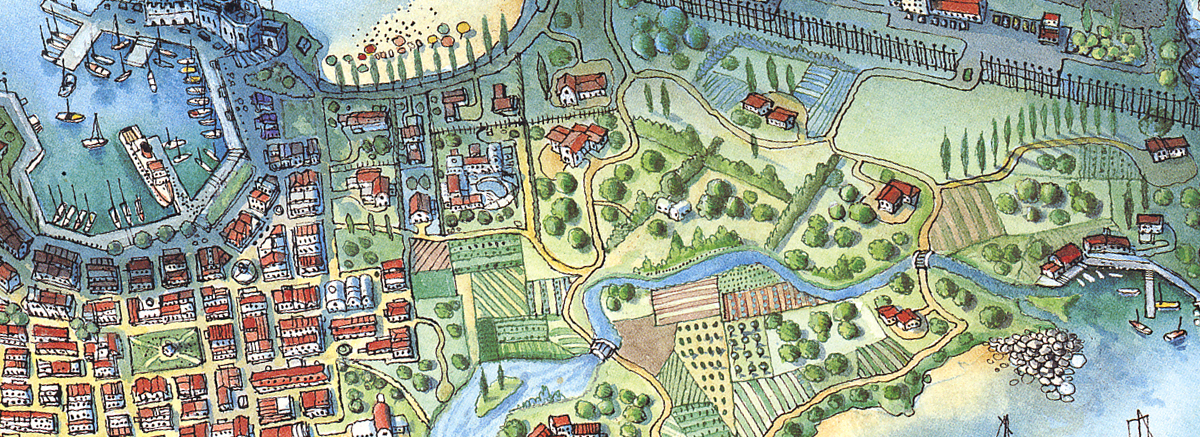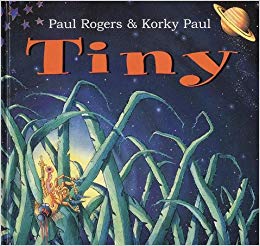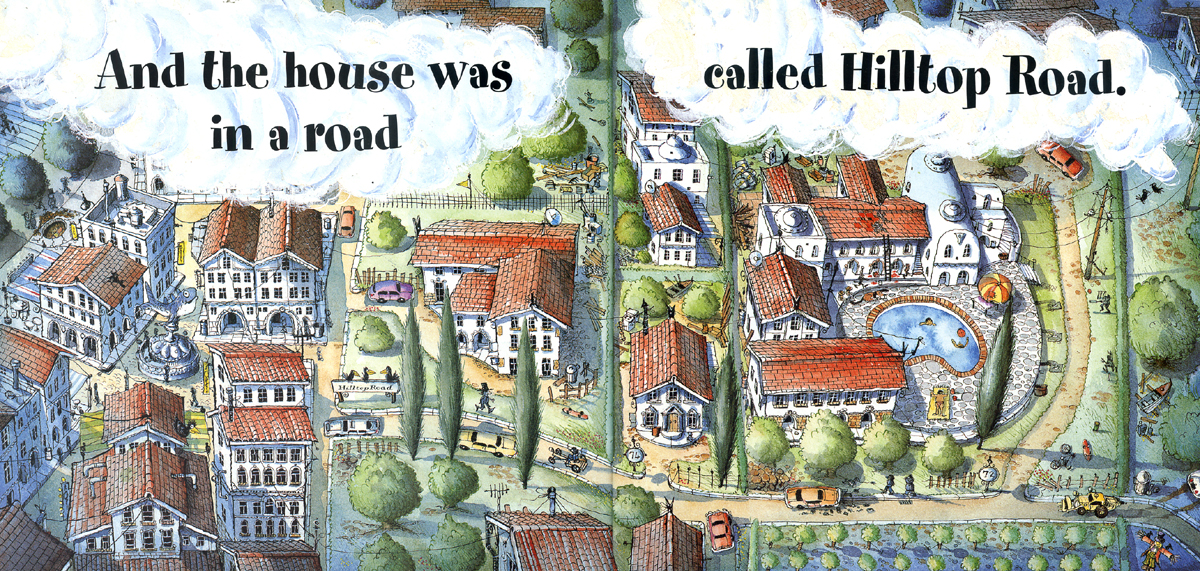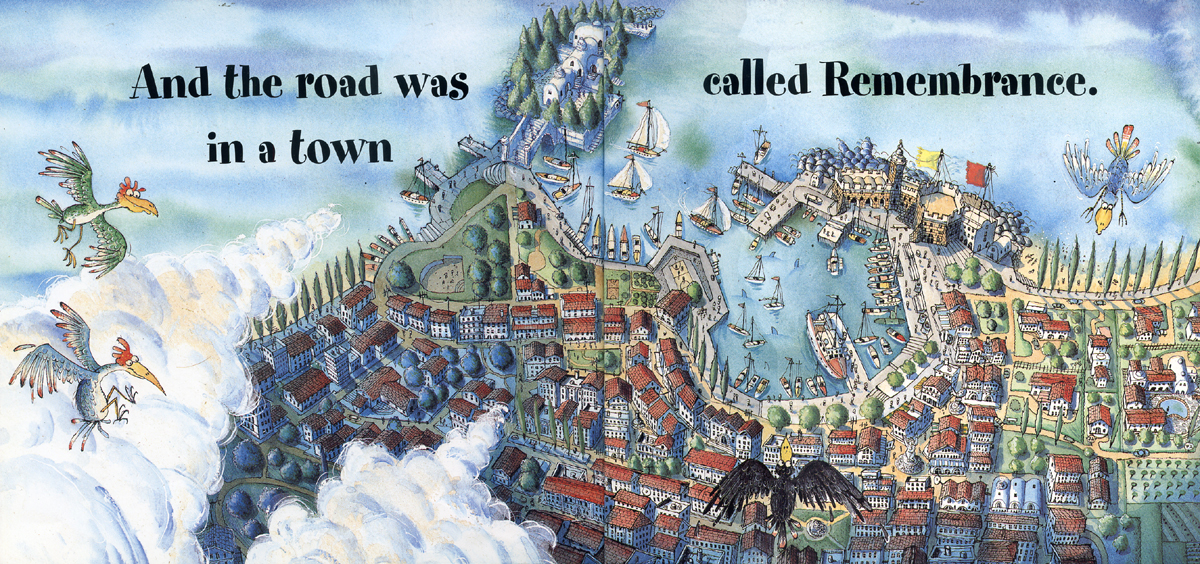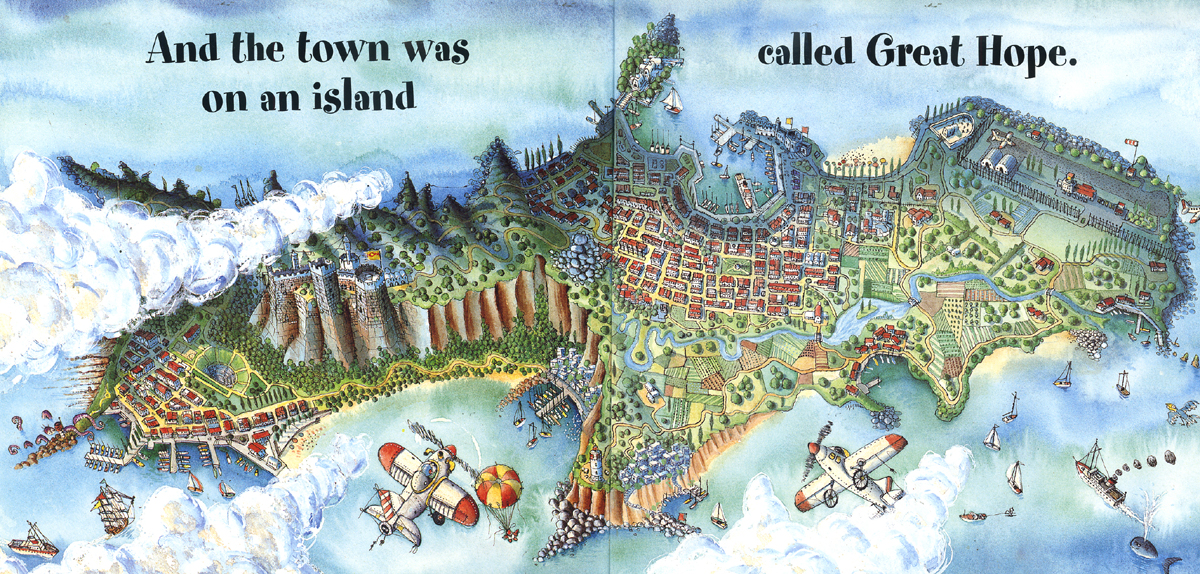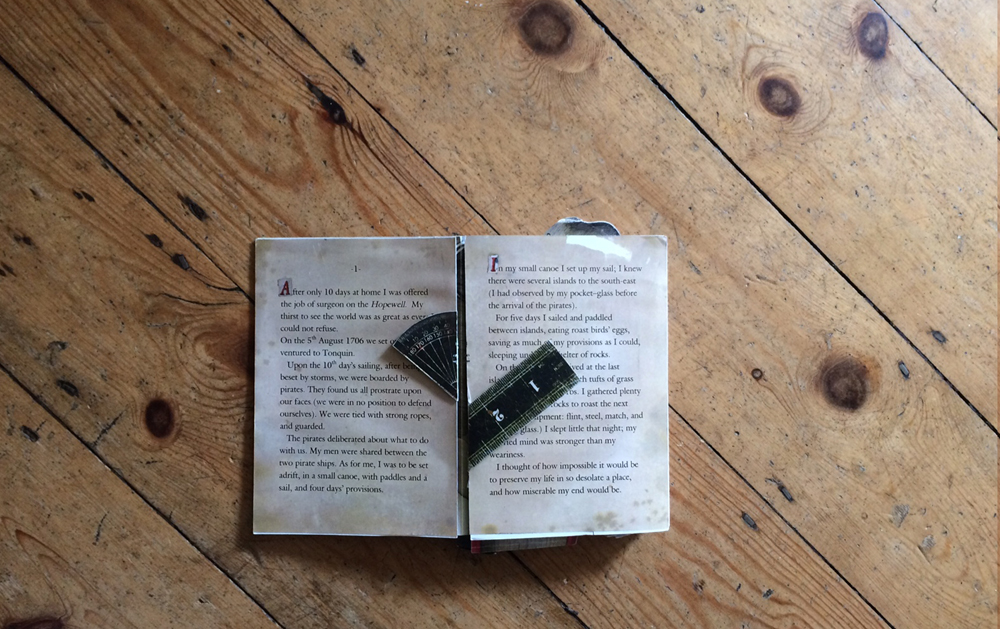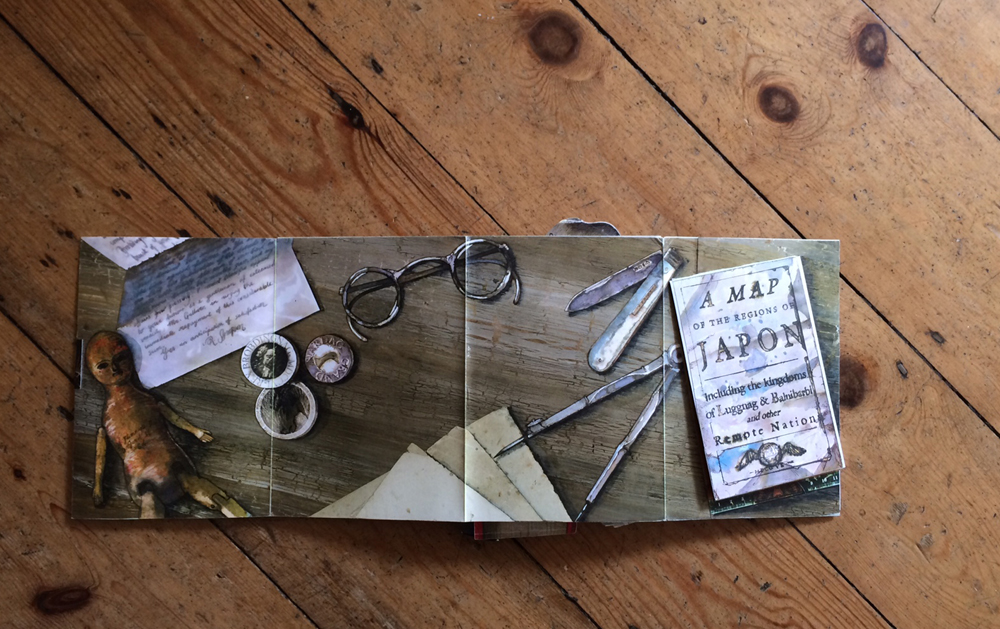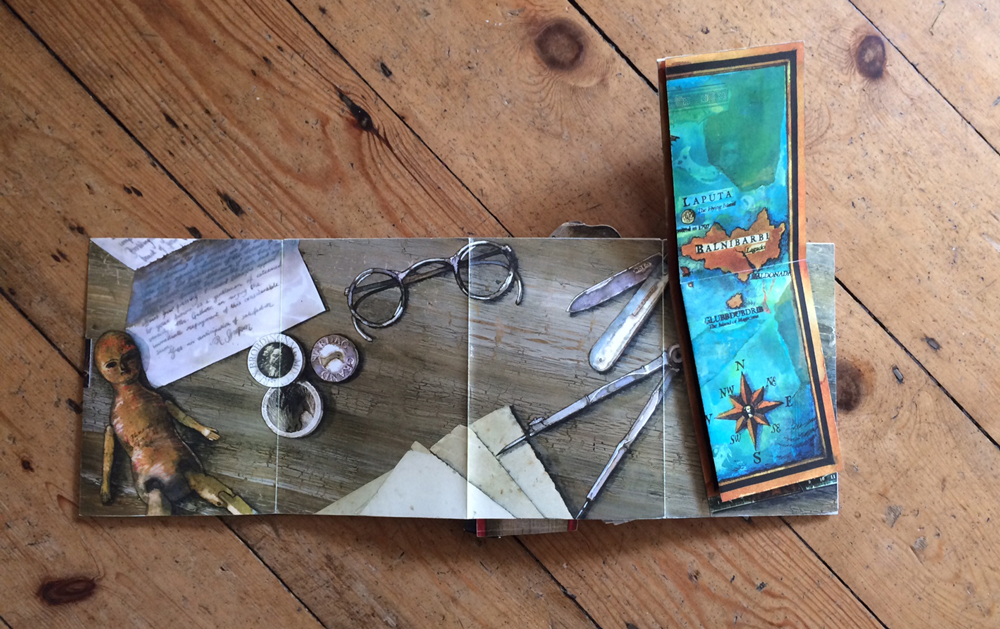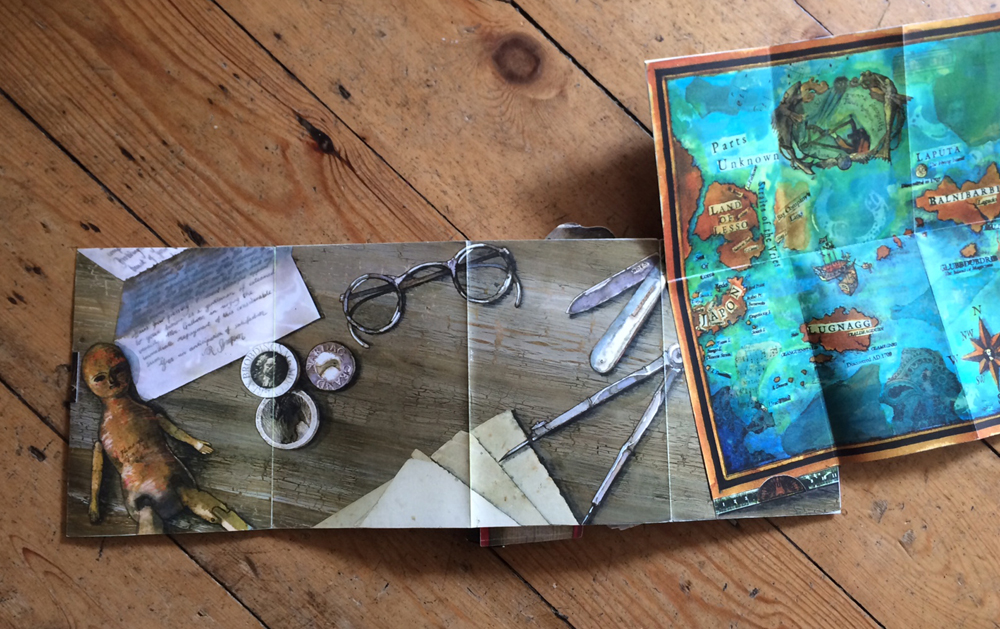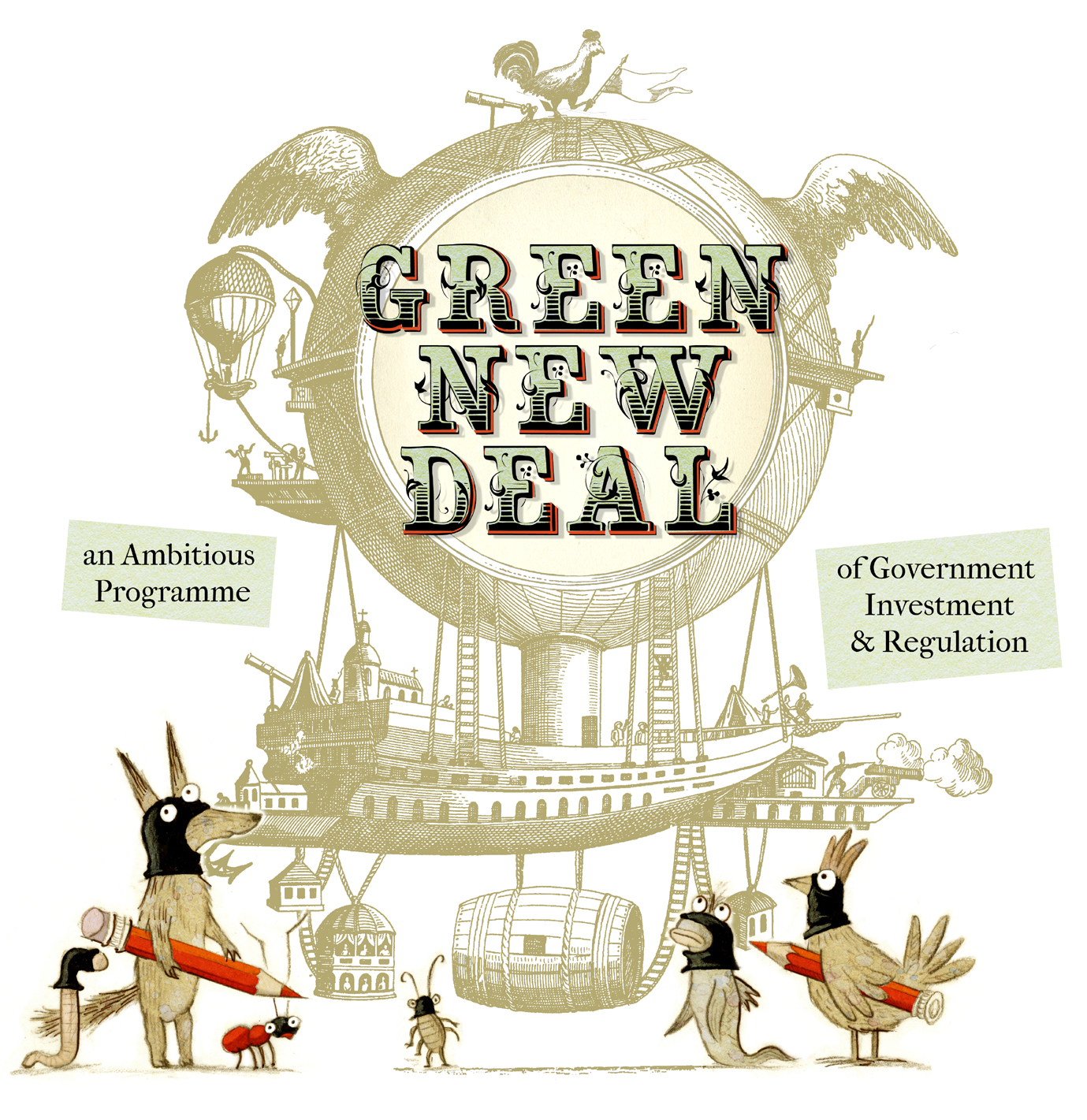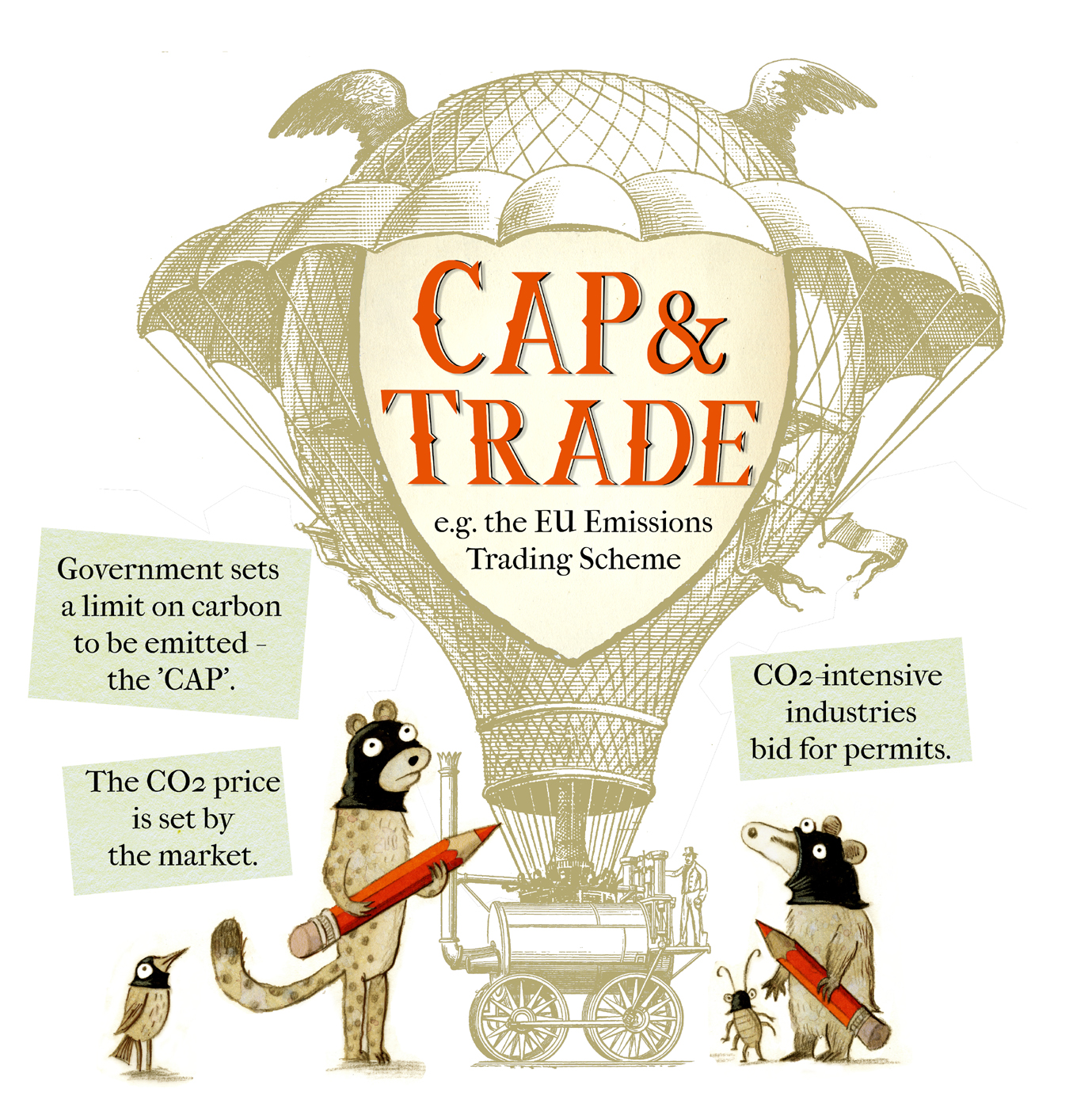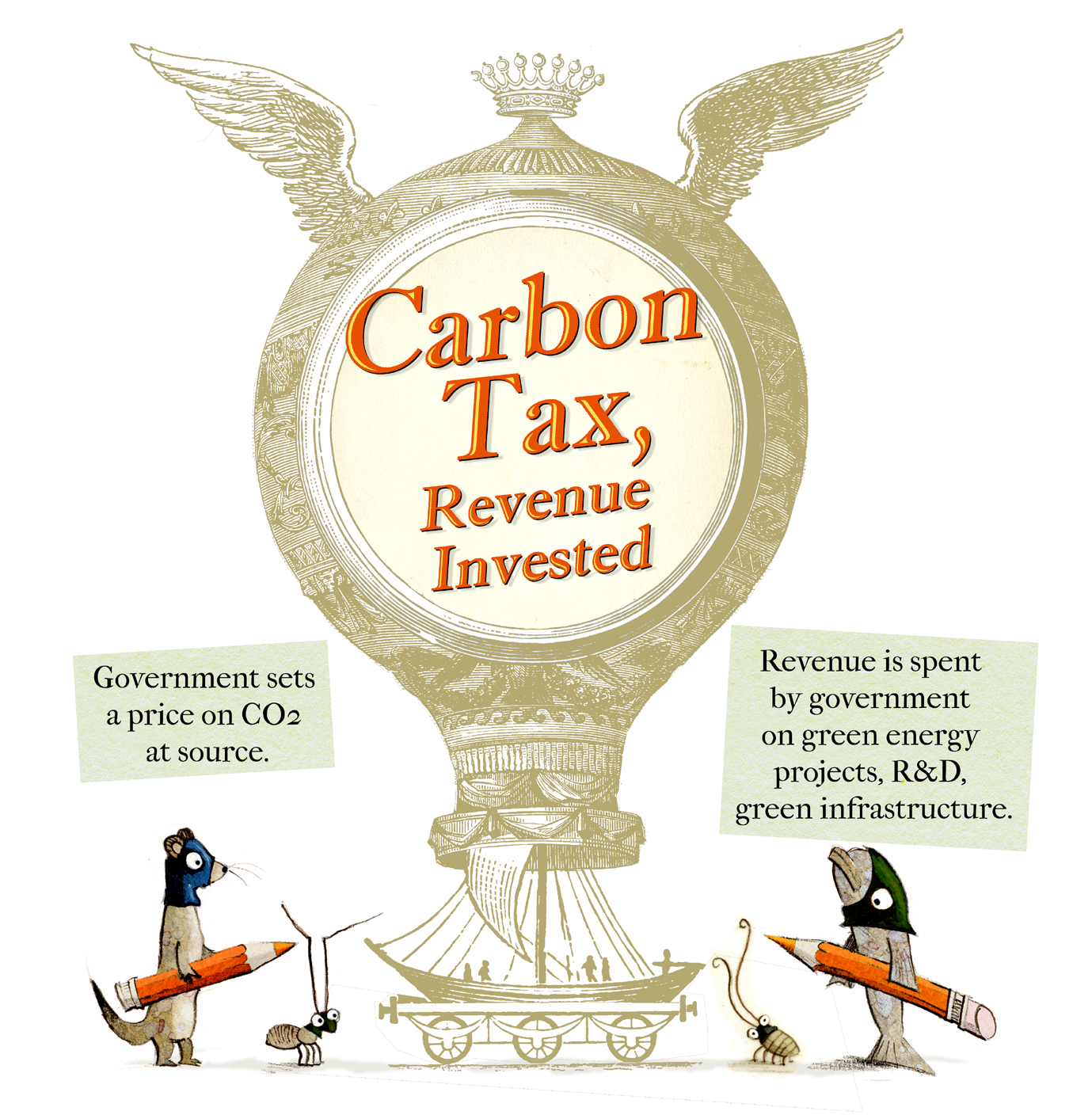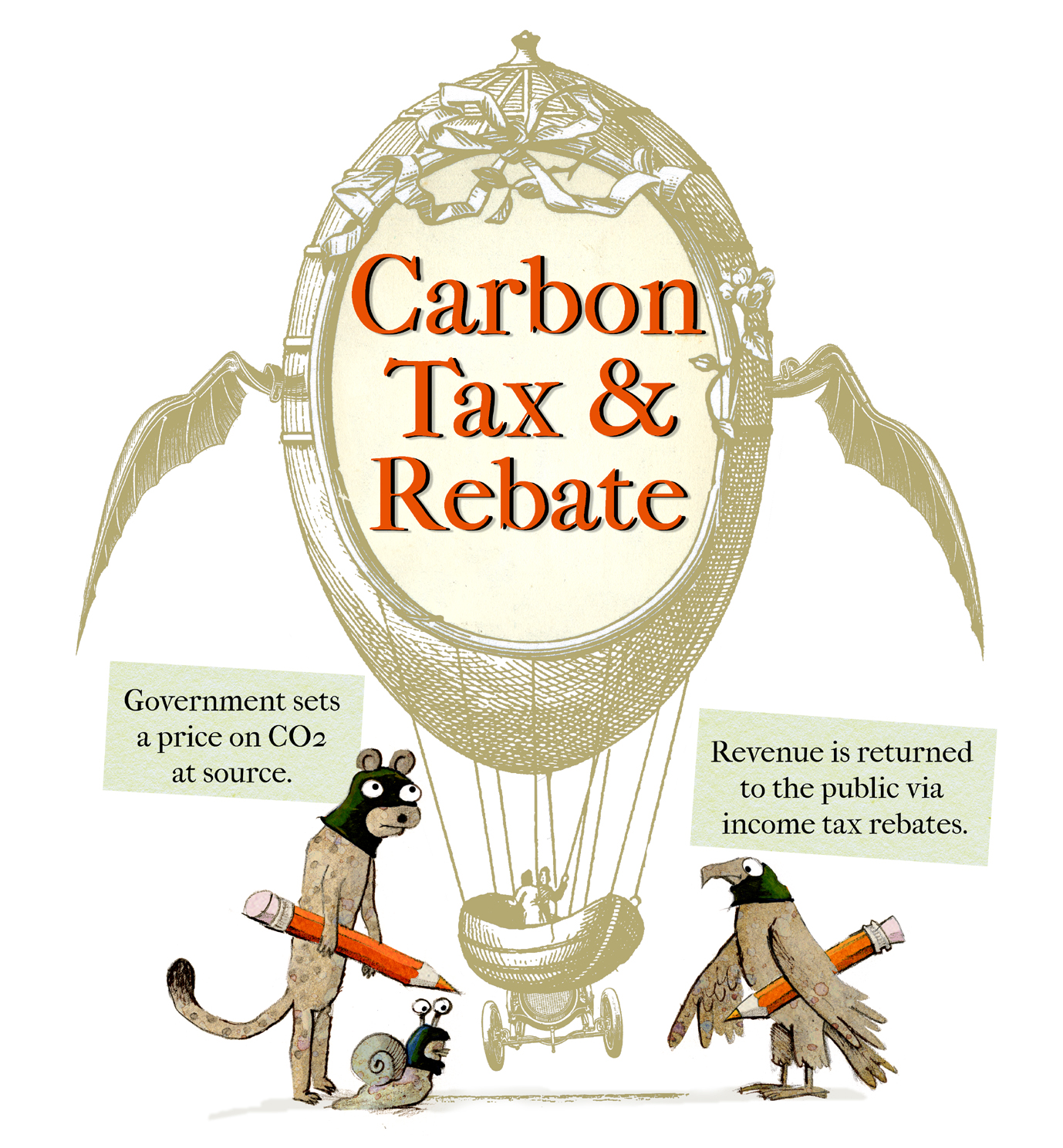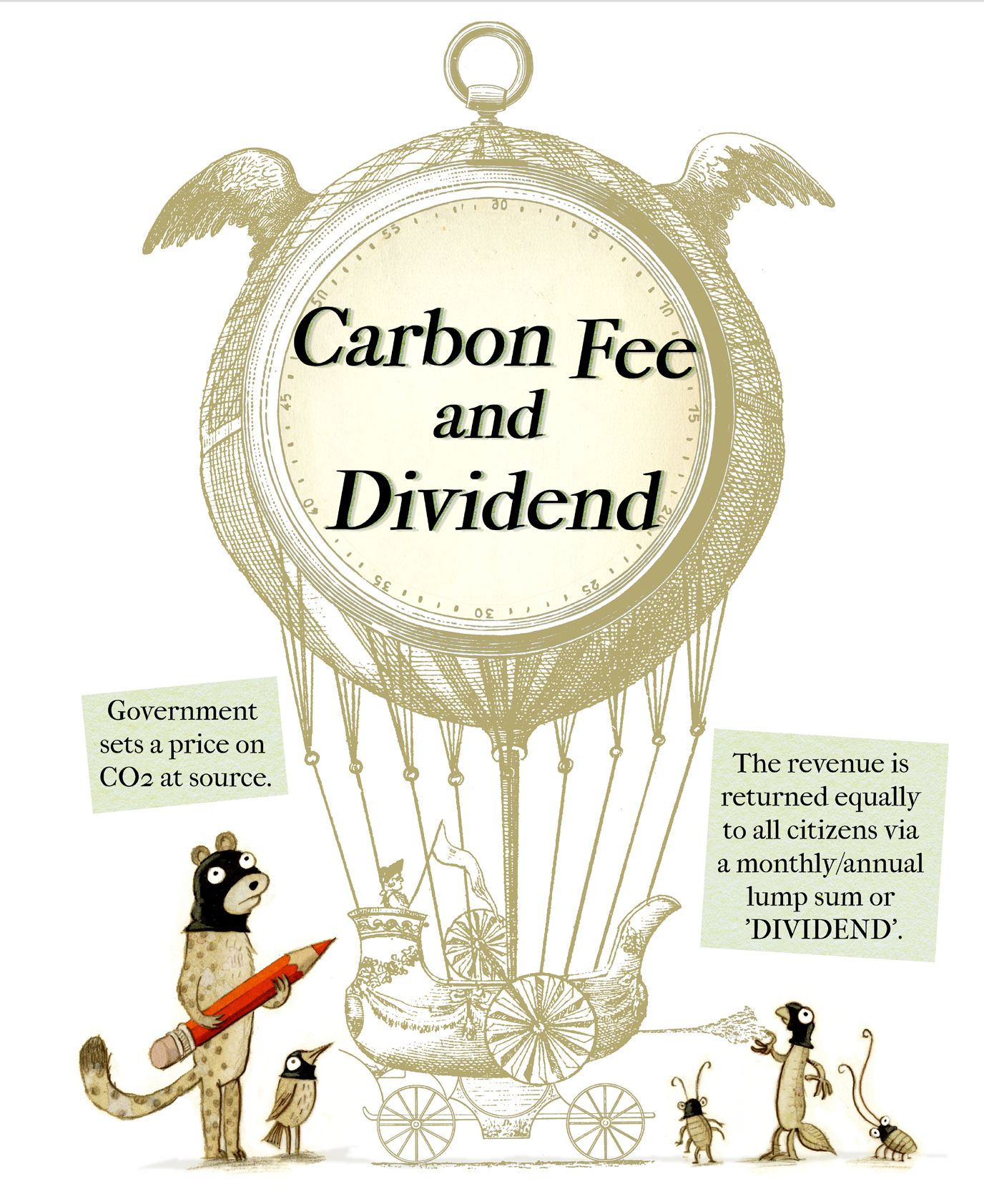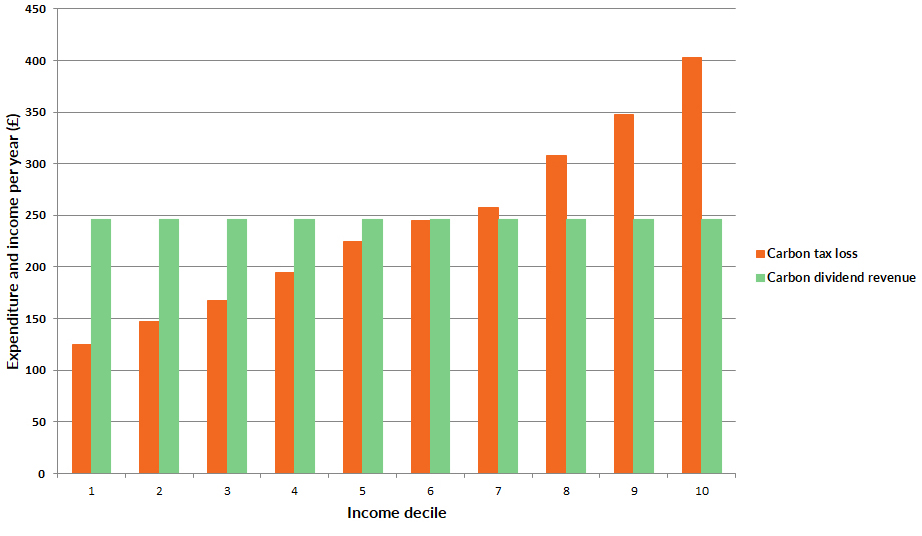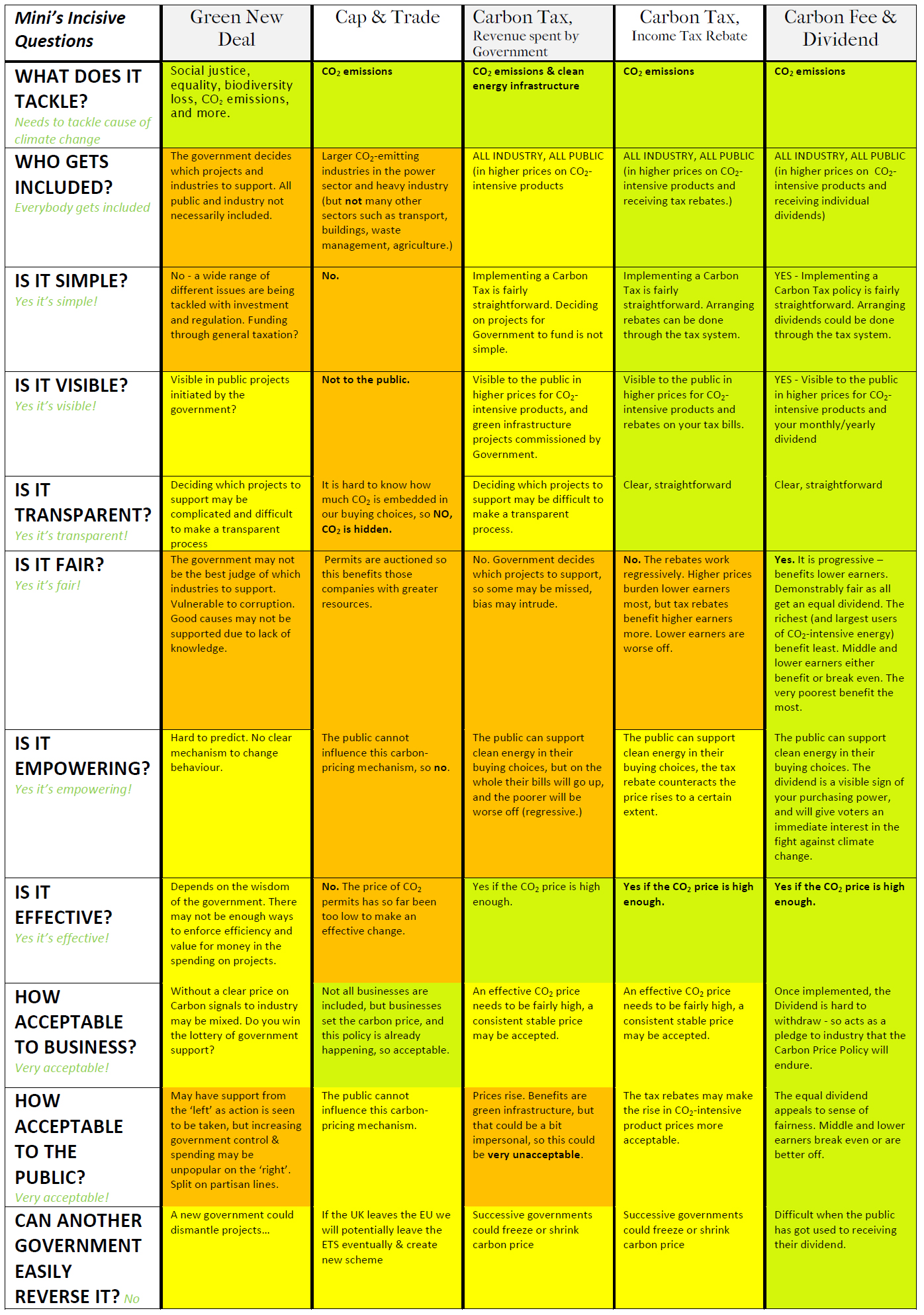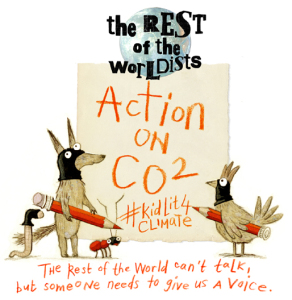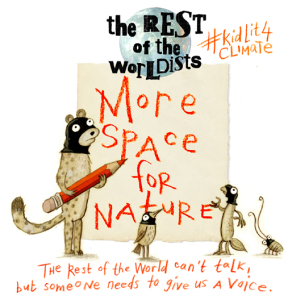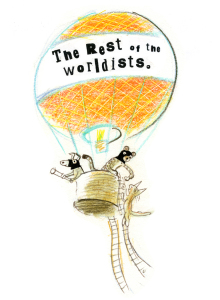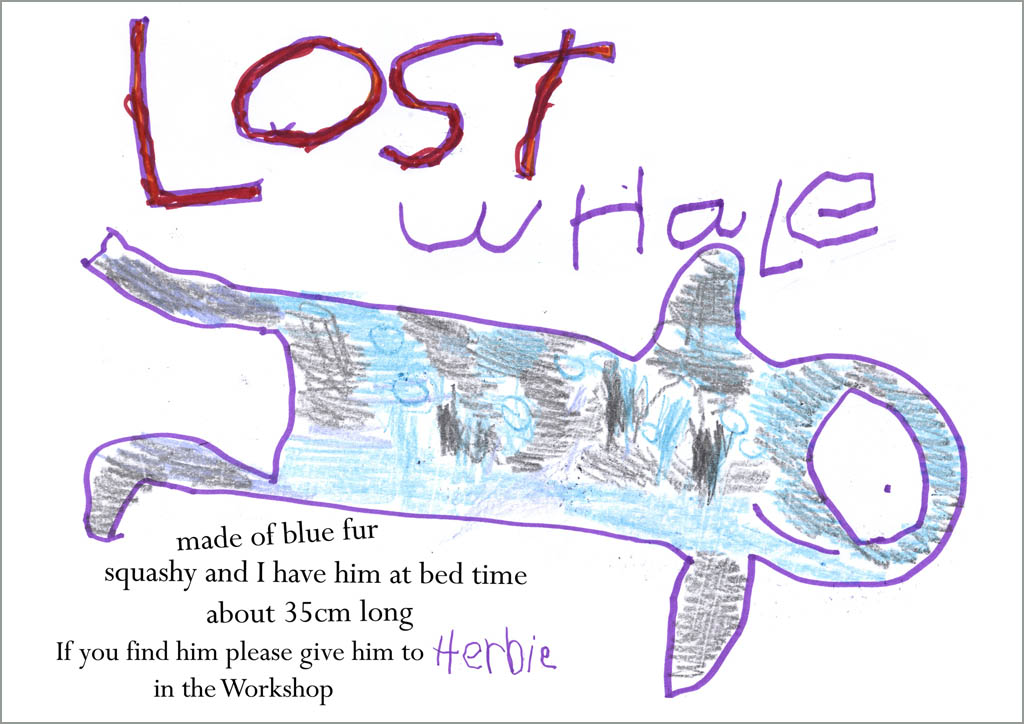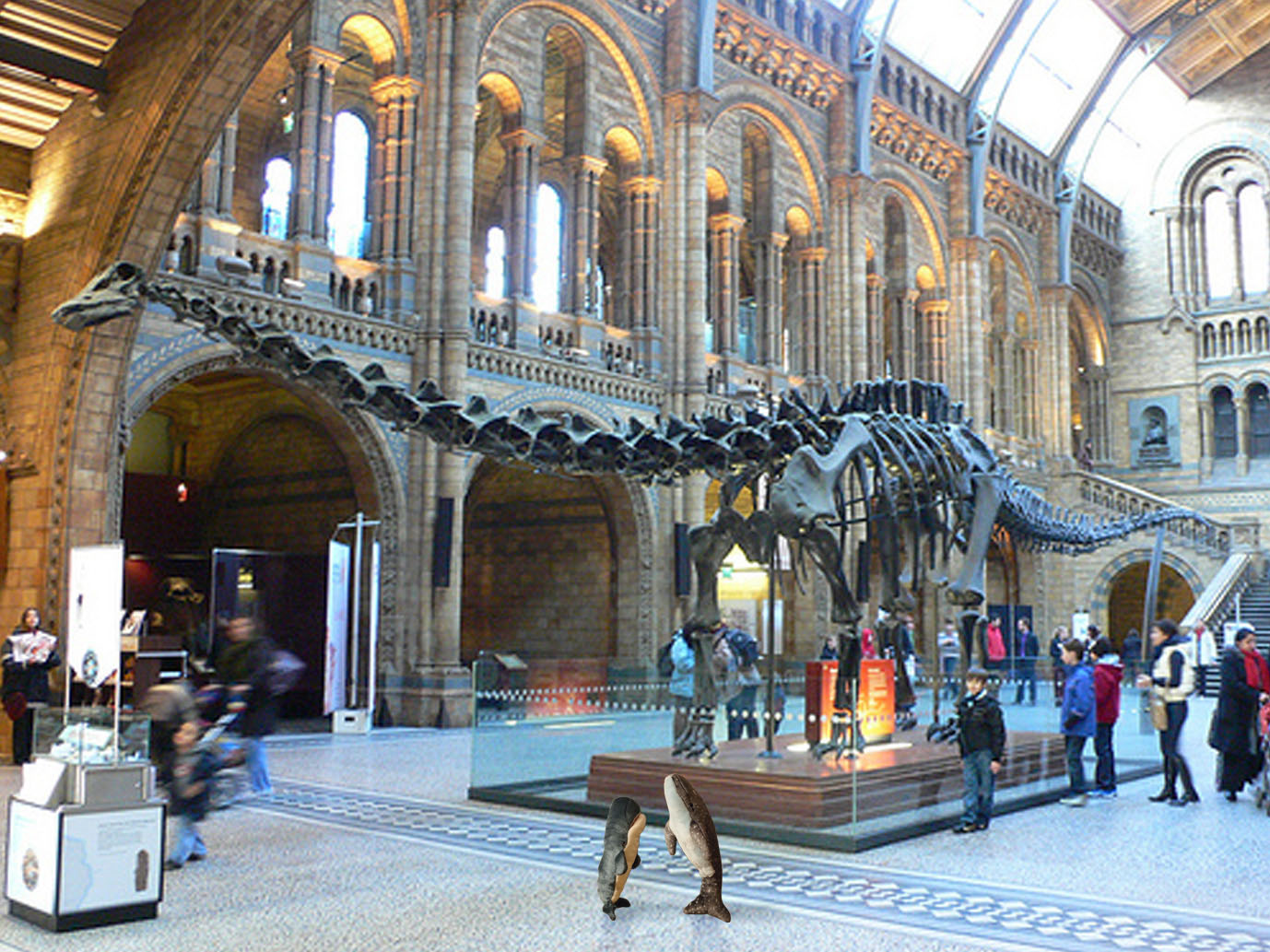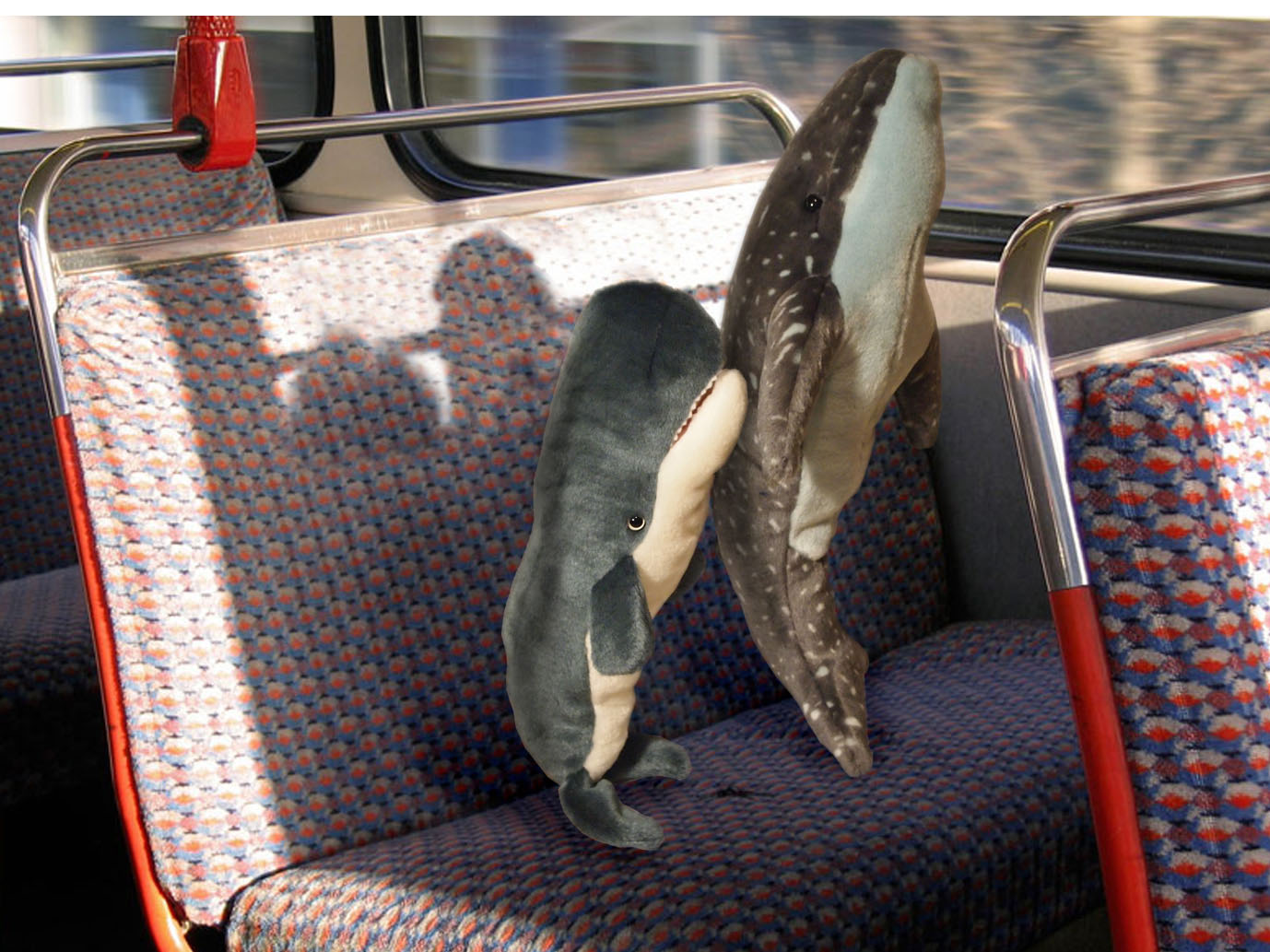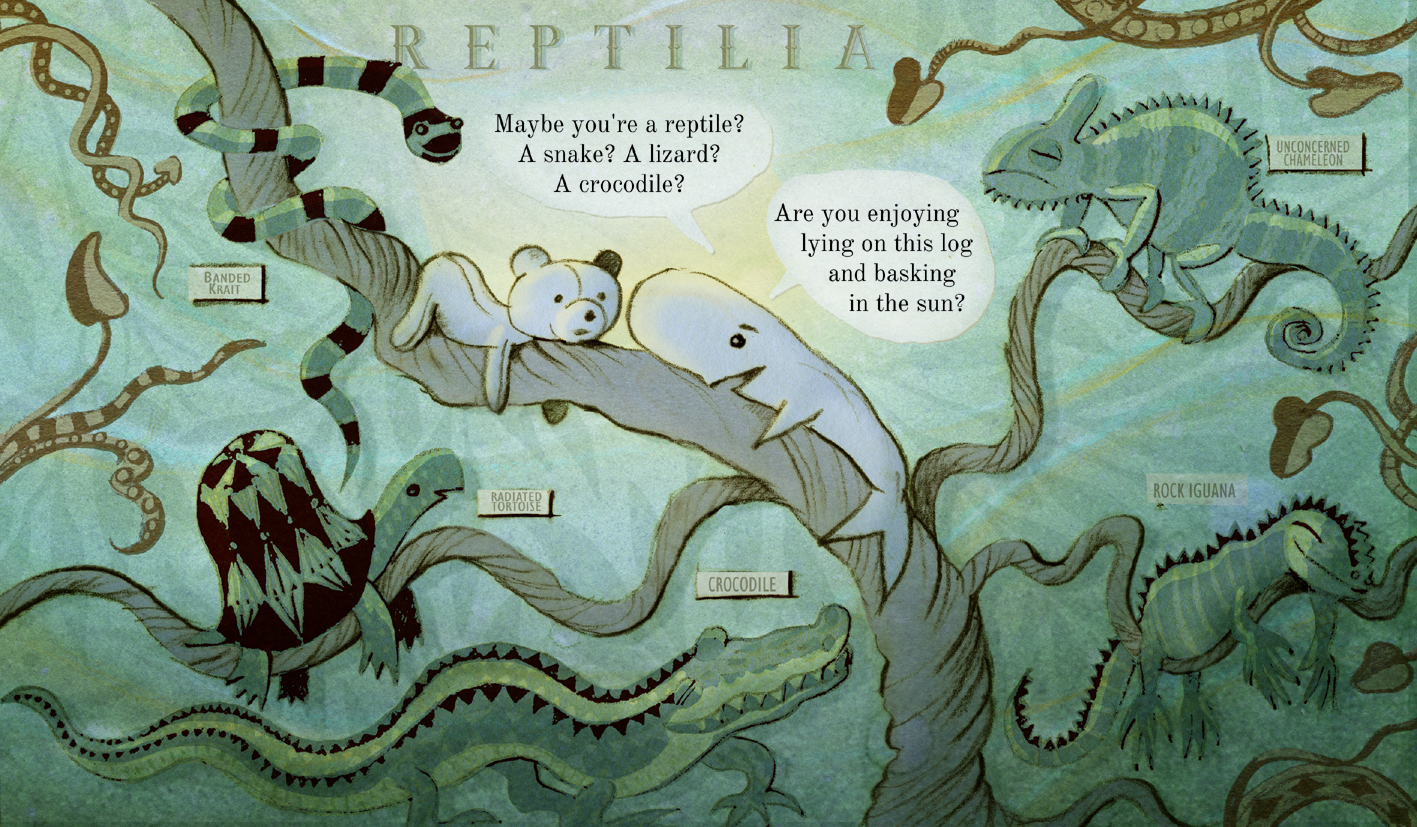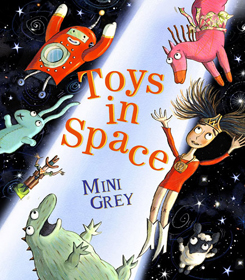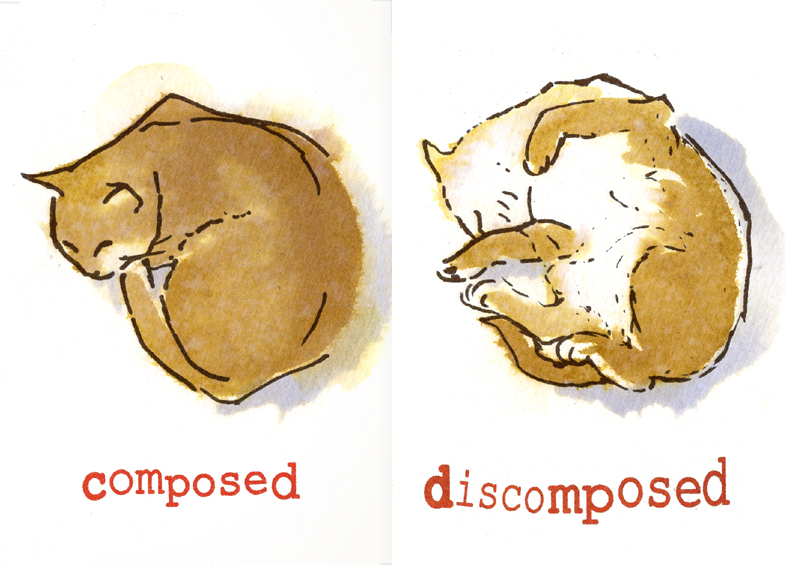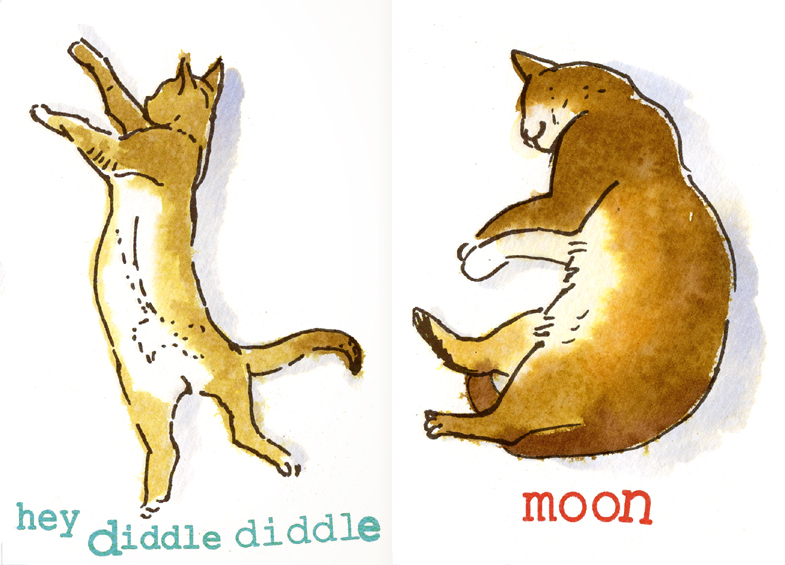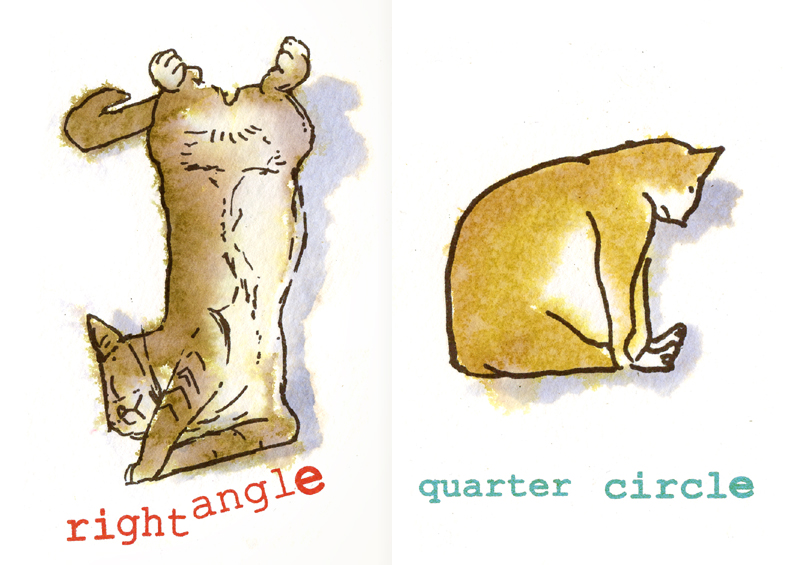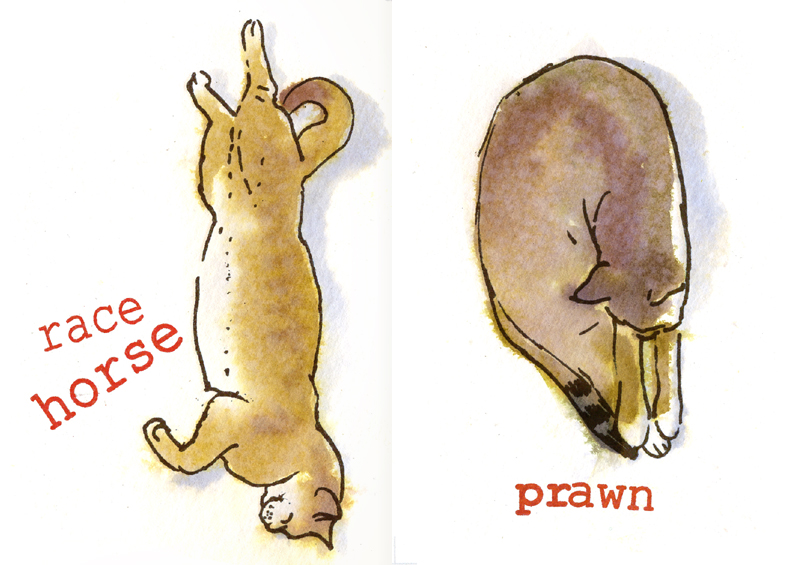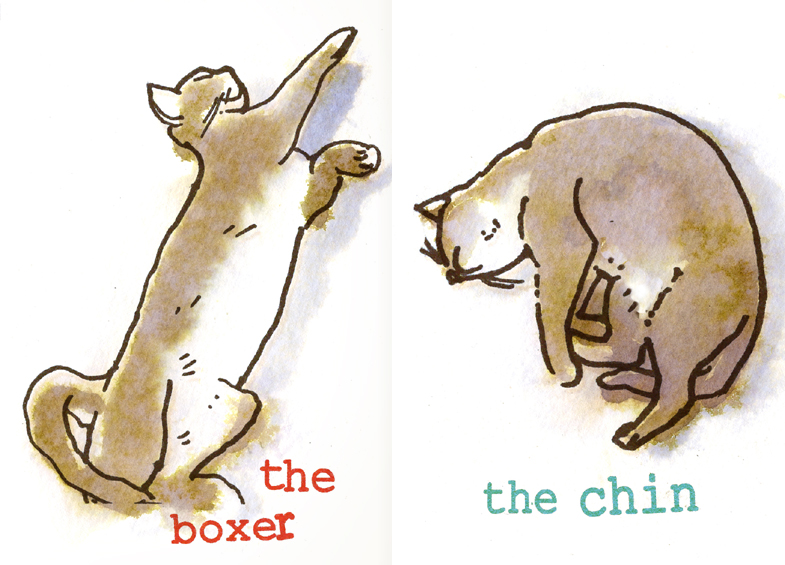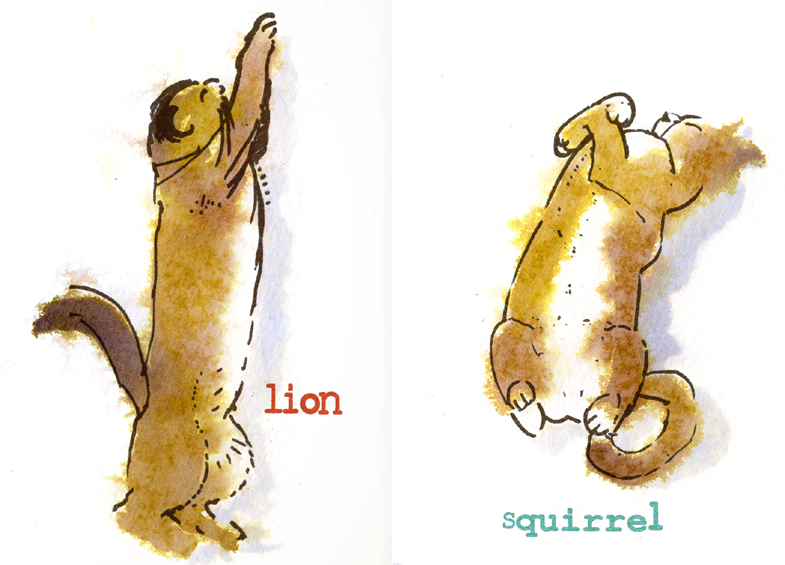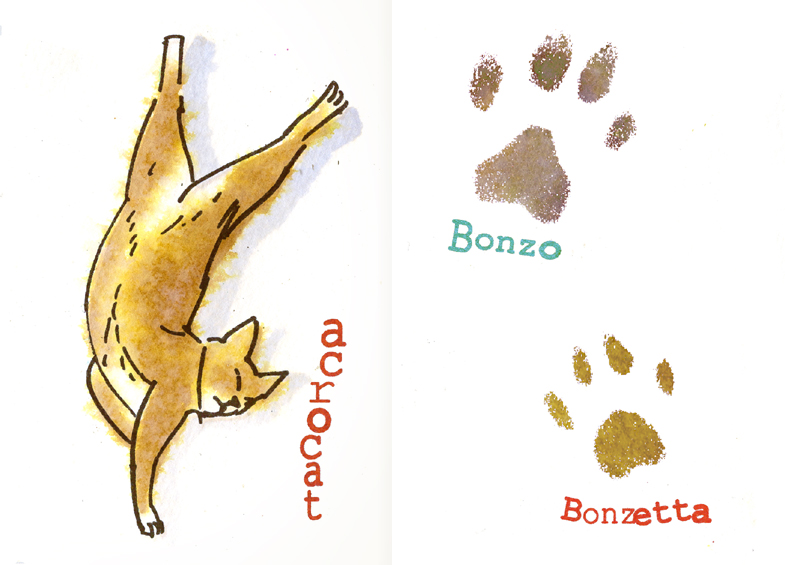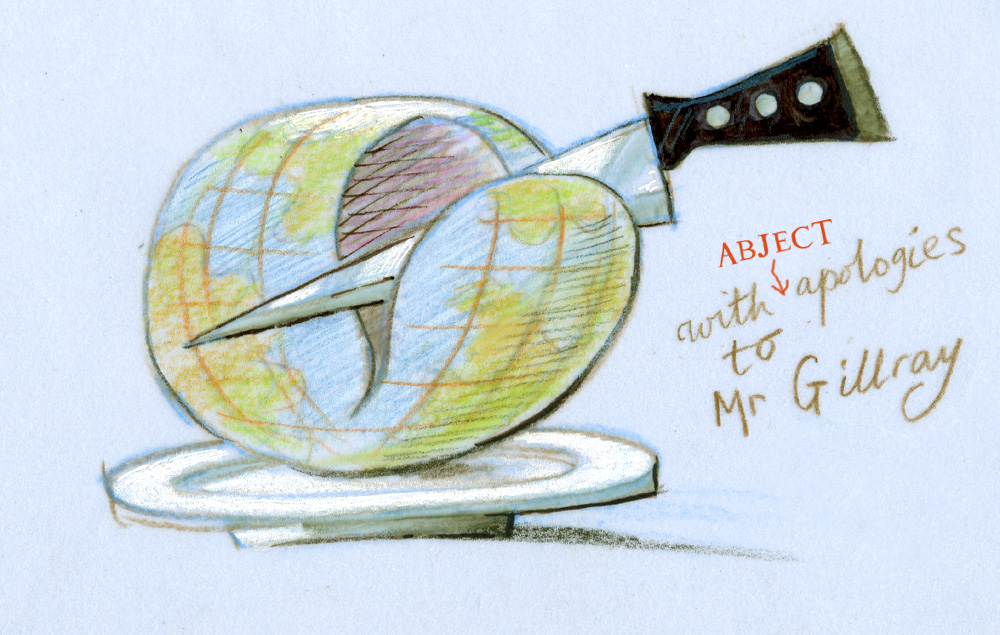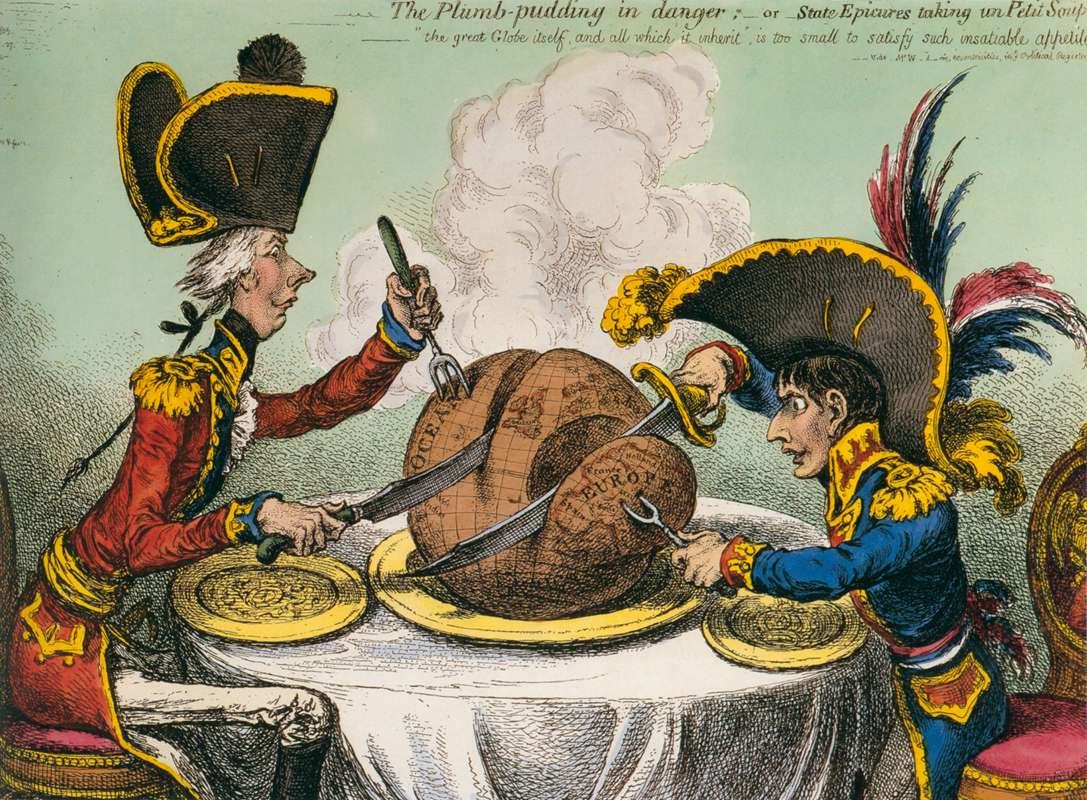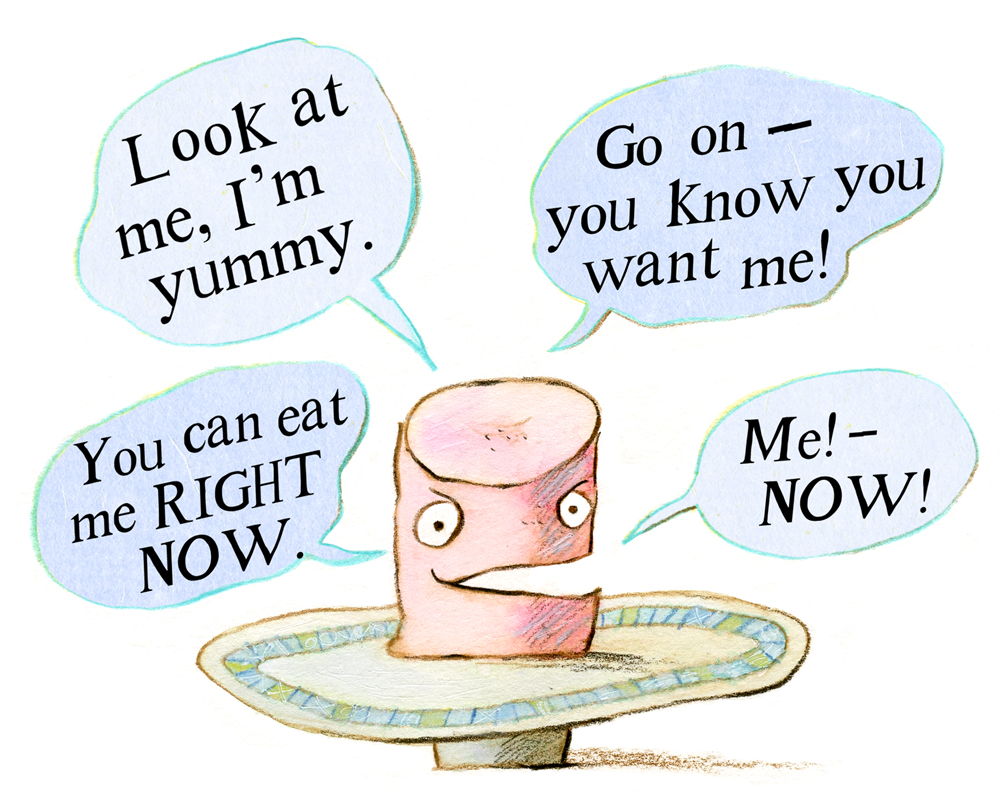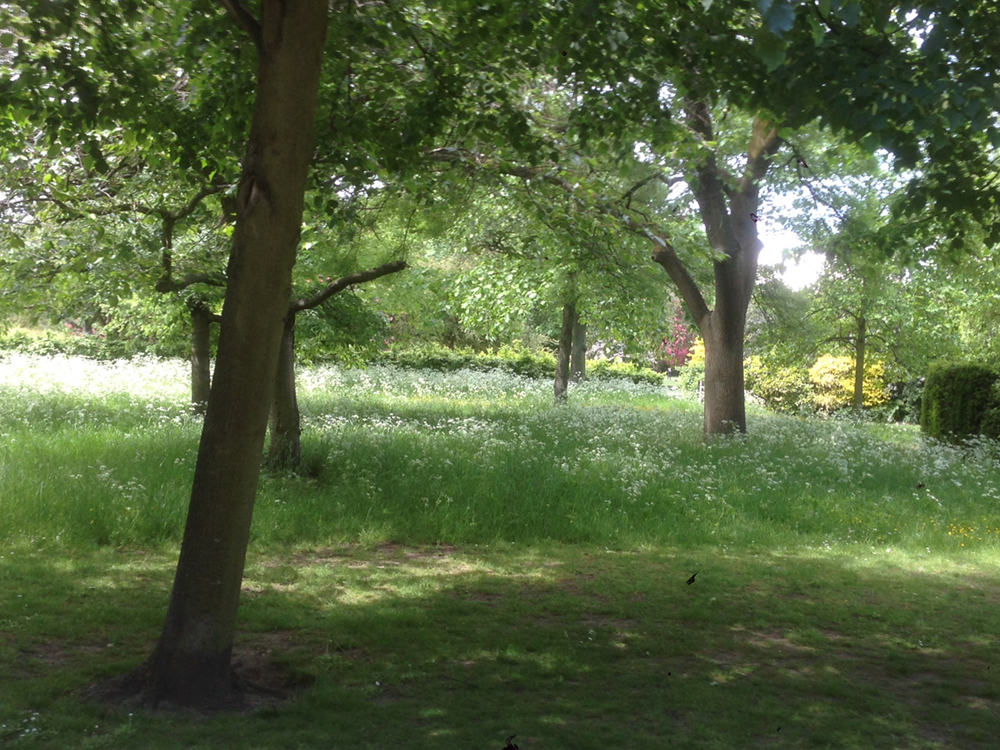Continuing Sketching Weakly’s mission to Rule the World. This post follows on from If Sketching Weakly Ruled the World, and precedes More Nature.

I was lucky enough to be part of the Oxford Citizen’s Assembly on Climate Change. It was an amazing and enlightening experience. Often, how to change individual behaviour seemed to be the issue, especially as the majority of emissions were coming from buildings (space heating) and travel.
How do we change behaviour? By making the desired behaviour the easiest option and/or the cheapest option, so that making the right choices is a no-brainer.
To change individual behaviour there needs to be a catalyst for change. Back in June 2007 it was OK to smoke in restaurants and pubs. That seems absolutely unthinkable today. There has been an enormous change in smoking behaviour. And that happened because on July 1st 2007 a ban on smoking in enclosed public spaces came into force by government legislation. Before it happened there was huge resistance, but from the perspective of now it was enlightened legislation that changed public health for the better. The ban was simple and clear, and after it had happened it was accepted. It is that kind of legislation we need now, to defeat our twin demons of carbon dioxide and biodiversity loss.
Pricing carbon can make change in behaviour happen. But we know a rise in prices for fuel is unpopular – see President Macron’s struggle with the Gilets Jaunes. So it seems that carbon pricing is avoided as a strategy – it’s a bit of an elephant in the room. Grand Green New Deals are proposed, but they never seem to directly tackle the issue that is essentially free to emit carbon dioxide into our shared atmosphere.
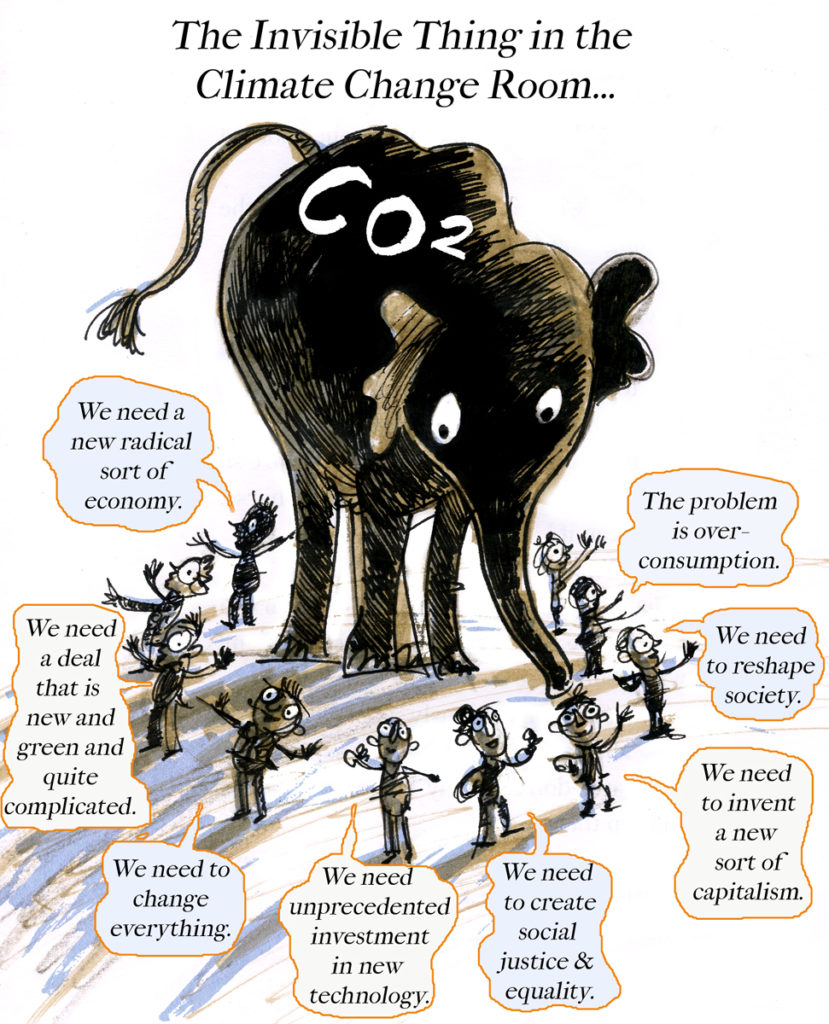
But it is possible to price carbon in a way that is fair, empowering, simple and visible.
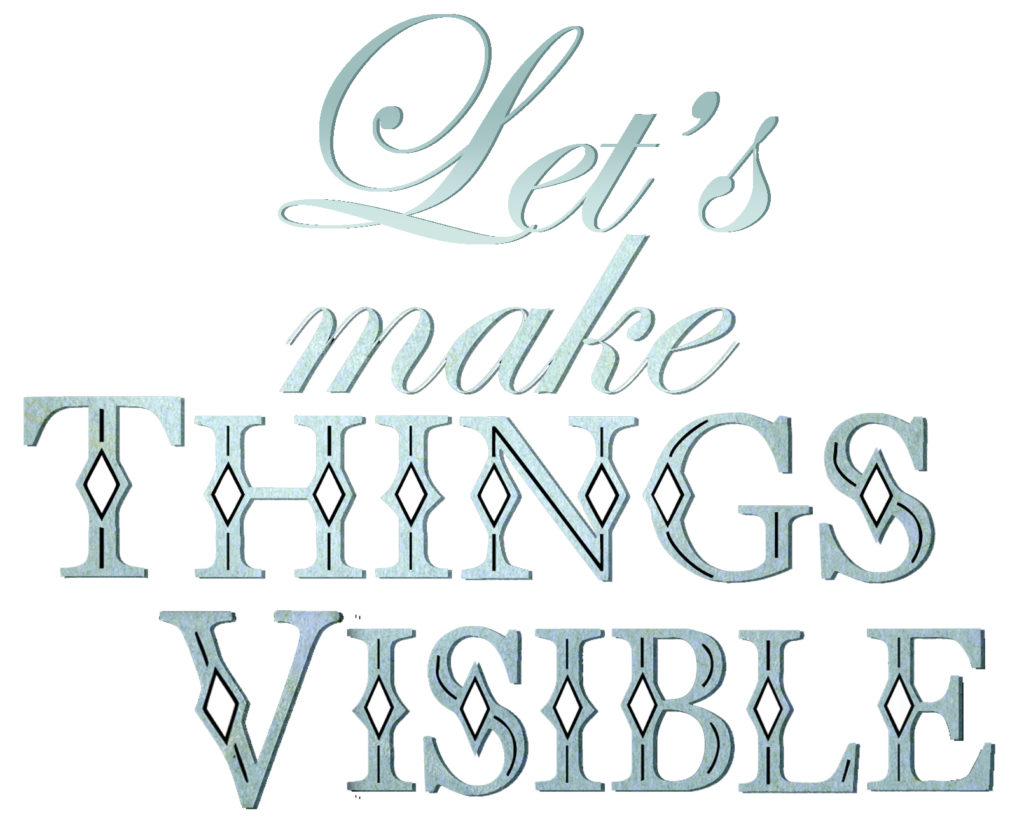
Carbon Dioxide is a difficult subject to inspire passion. Unlike plastic, it is invisible. When we emit it, we can’t see it. We can see the plastic trail that we leave, but it’s impossible to grasp what size your own carbon dioxide emissions are. But carbon dioxide is key, because the blanket of greenhouse gases is making Earth warm, melting the arctic and Antarctic and pushing temperatures worldwide out of the range of recorded history, towards a new climate that none of us or other life-forms on earth are adapted for.
But the good thing is, we CAN change this by shutting down the flood of CO2 leaking from humankind into the atmosphere.
HOW can we take action on CO2?
We can take action by putting a meaningful price on carbon, aiming towards $80-$100/tonne.
It is the nudge the world needs. A puny 5p plastic bag charge drastically reduced plastic bag use by 85%. Pricing really changes behaviour.
Our modern economy reflects countless choices, made by billions of people all over the world. A broad-based carbon price influences them all. Nothing else can.” Tim Harford
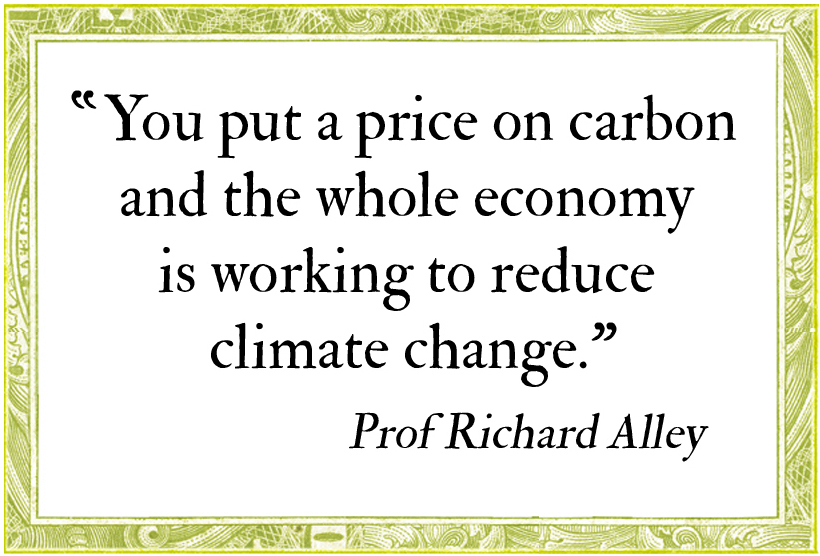
But what is the best way to price carbon?
I’ve compared different carbon pricing options. The EU Emissions Trading Scheme (which is what the UK seems to be modelling its carbon pricing system on, post-Brexit) lets the market control the carbon price (so it ends up ineffectively low) and doesn’t apply to all industries or the general public. It’s a system that is invisible and complicated.
What I’ve discovered is:
A Carbon Fee and Dividend (Climate Income) stands out as the most fair, empowering, simple, and visible way to put a significant price on Carbon.
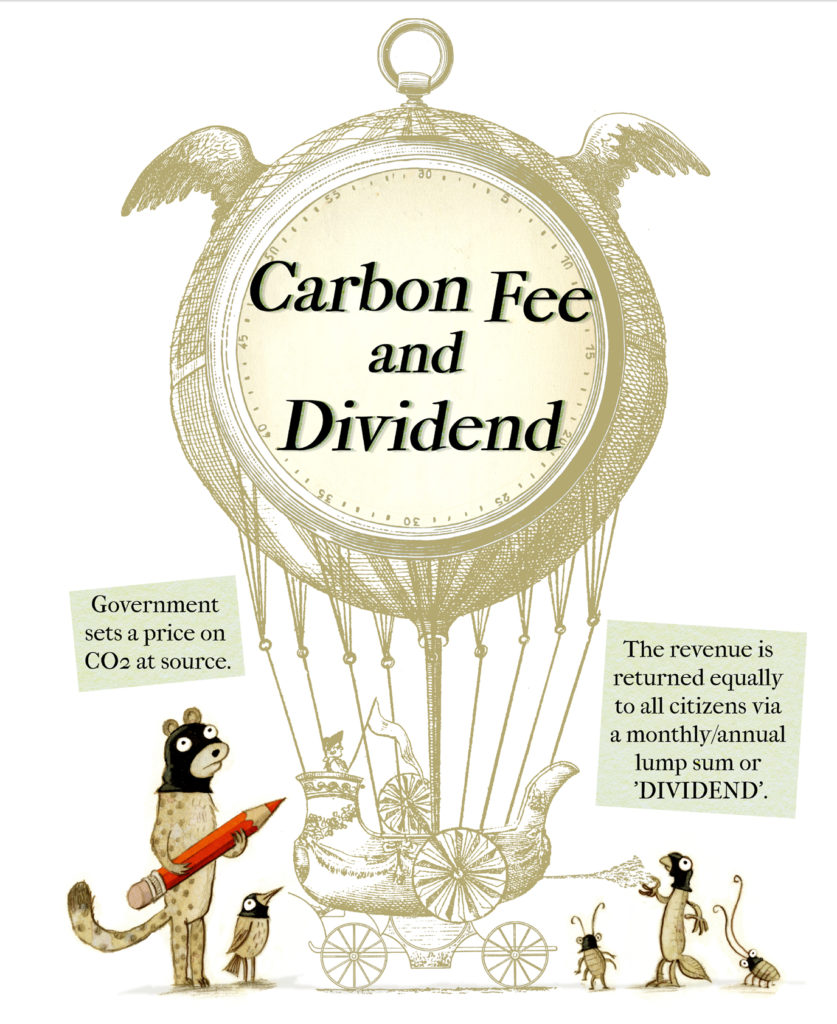
What is Carbon Fee & Dividend?
The government places a price on CO2 at source.
The revenue is returned equally to all citizens via a monthly/annual lump sum or ‘dividend’

I think it is the only way to make a carbon price that is high enough for effective change to be palatable.
There are a few good things about a carbon fee and dividend plan. Here they are.
It can appeal to people who call for social justice and want to battle inequality
The lump sum system is progressive: it really benefits lower earners most. The richest (and largest users of CO2-intensive energy) benefit least. Anders Fremstad of Colorado State University and Mark Paul of Duke University calculate that taxing a tonne of CO2 at $49 would leave 59% of Americans worse off, including 75% of the bottom half, if the revenue were used to lower personal-income taxes. By contrast, recycling the receipts as lump-sum payments (Dividends) would leave 89% of the bottom half with an average net gain of $788.
The 6 lowest income groups all break even or are better off, with the poorest getting the biggest benefits. The wealthiest, highest fuel users, are the worst off.
Compared to tax rebates, it’s demonstrably fair as all get an equal dividend.
It’s also possible to get dividends to the poorest and most marginalised sections of society, by, for example “investigating inventive ways of paying the dividend to ensure that the most vulnerable receive it. Linking the dividend to national insurance numbers would be one way to pay the dividend, but this may mean that the most vulnerable miss out. The Government should investigate whether new technology can be used to pay the dividend securely through a mobile app to ensure as many eligible people as possible receive it.” The Future of Carbon Pricing, policyexchange.org.uk
It is motivating and empowering
Through their dividend the public can support renewables in their choice of what energy to buy. The dividend is a visible sign of your purchasing power, and the public is trusted to choose how to spend it; wise choices bring a win-win virtuous spiral of energy-source-change away from fossil fuels. The dividend also gives voters an immediate interest in the fight against climate change – a lump sum arriving in your bank account is a very interesting event. All green energy sources benefit by becoming comparatively cheaper.
It sends a signal to industry that the carbon price will be a permanent policy
The Dividend, once people are used to it, is hard to withdraw by future governments (see what’s happened with UK Winter Fuel Payments) – and so acts as a pledge to industry that the carbon price will endure.
These three aspects of carbon fee and dividend mean is can appeal to: groups who want action on climate change but also social justice; the general public who will find higher fuel prices unacceptable; businesses who want a clear steer to what the carbon future will be.
Carbon is infused in all our lives and all our choices. We need to tackle climate change with a way that involves and empowers everybody, is fair and acceptable and progressive, and that also is able to set a high enough price for carbon to bring about change, in a way industry can see will not be overturned by a change of government.
Carbon Fee & Dividend: fair, empowering, simple, visible.
